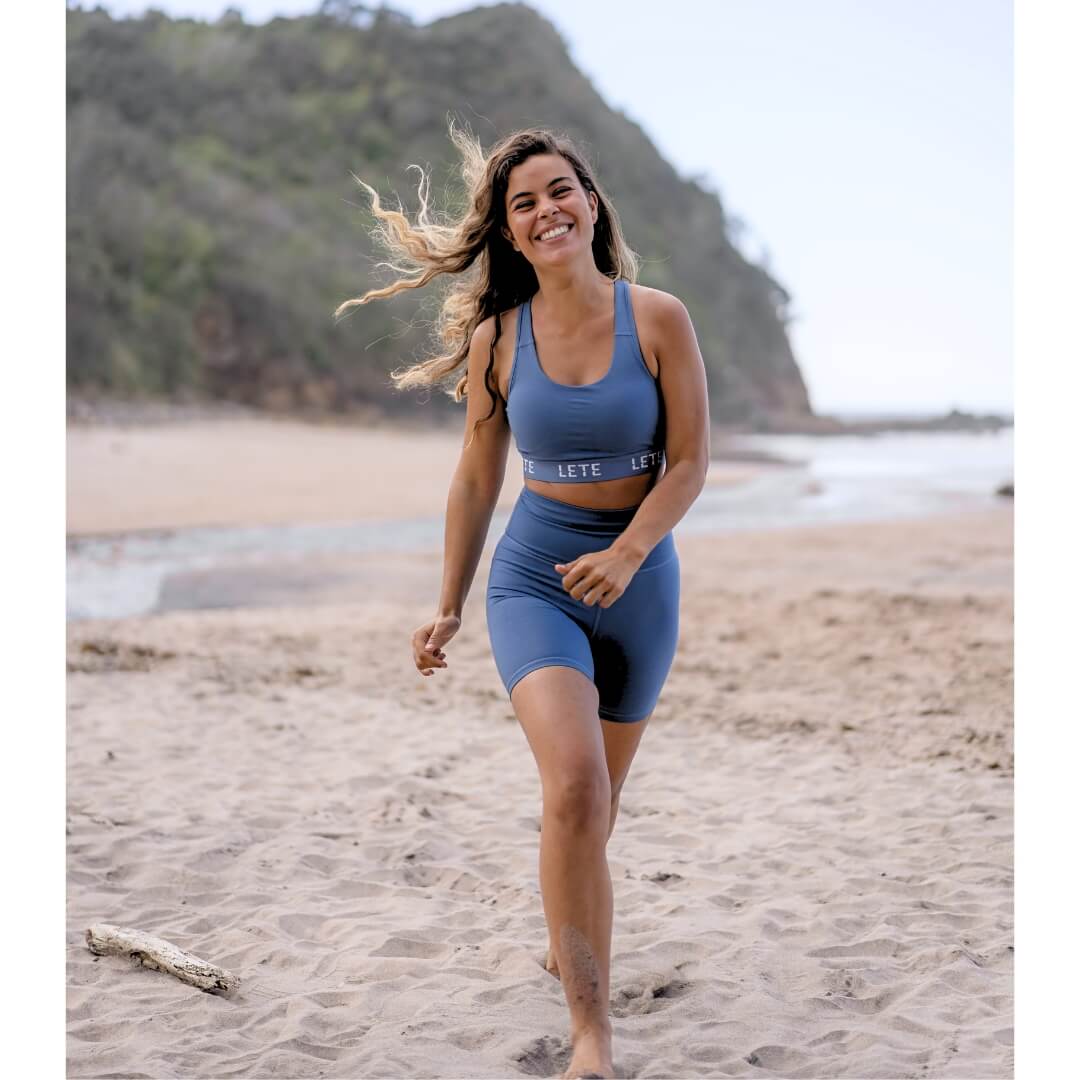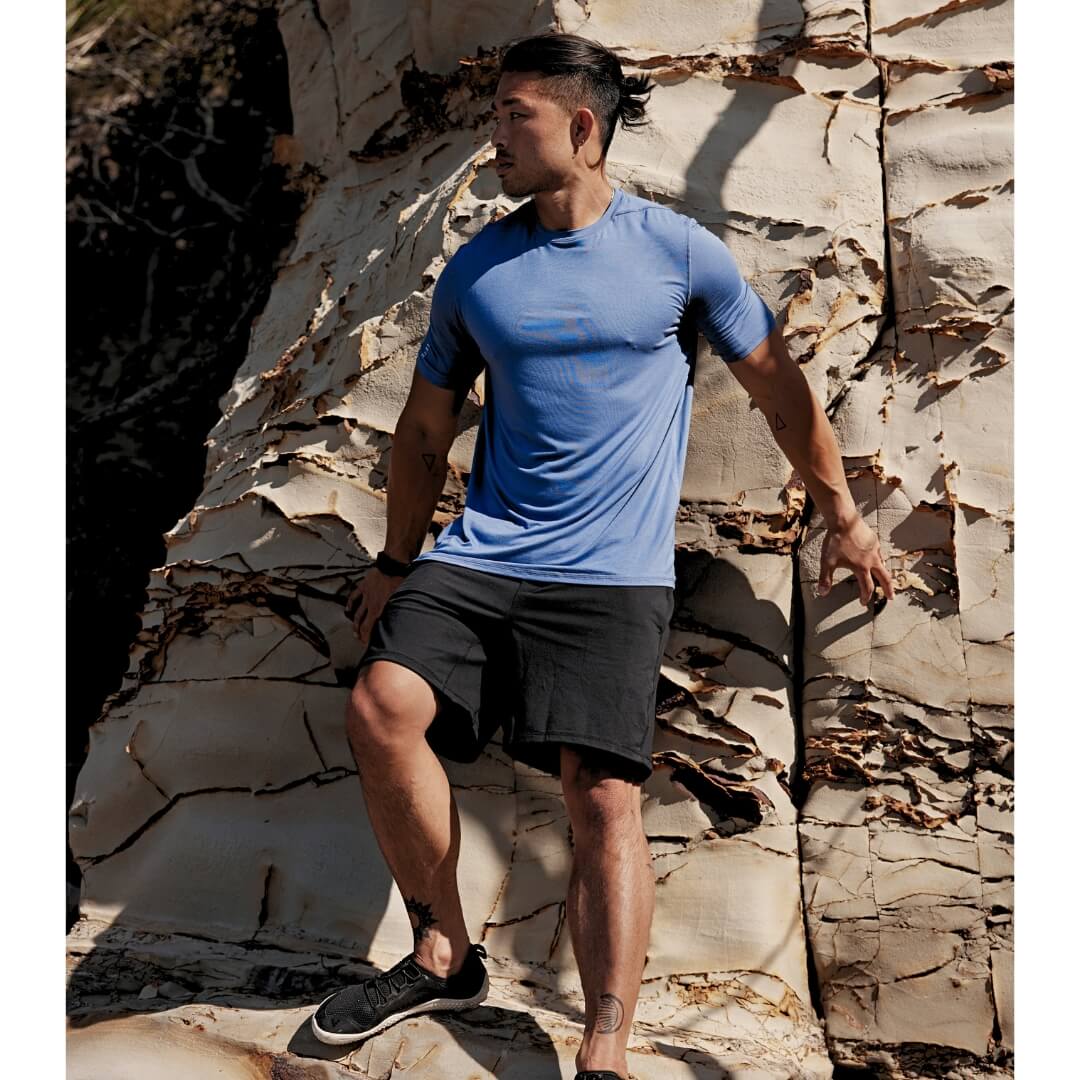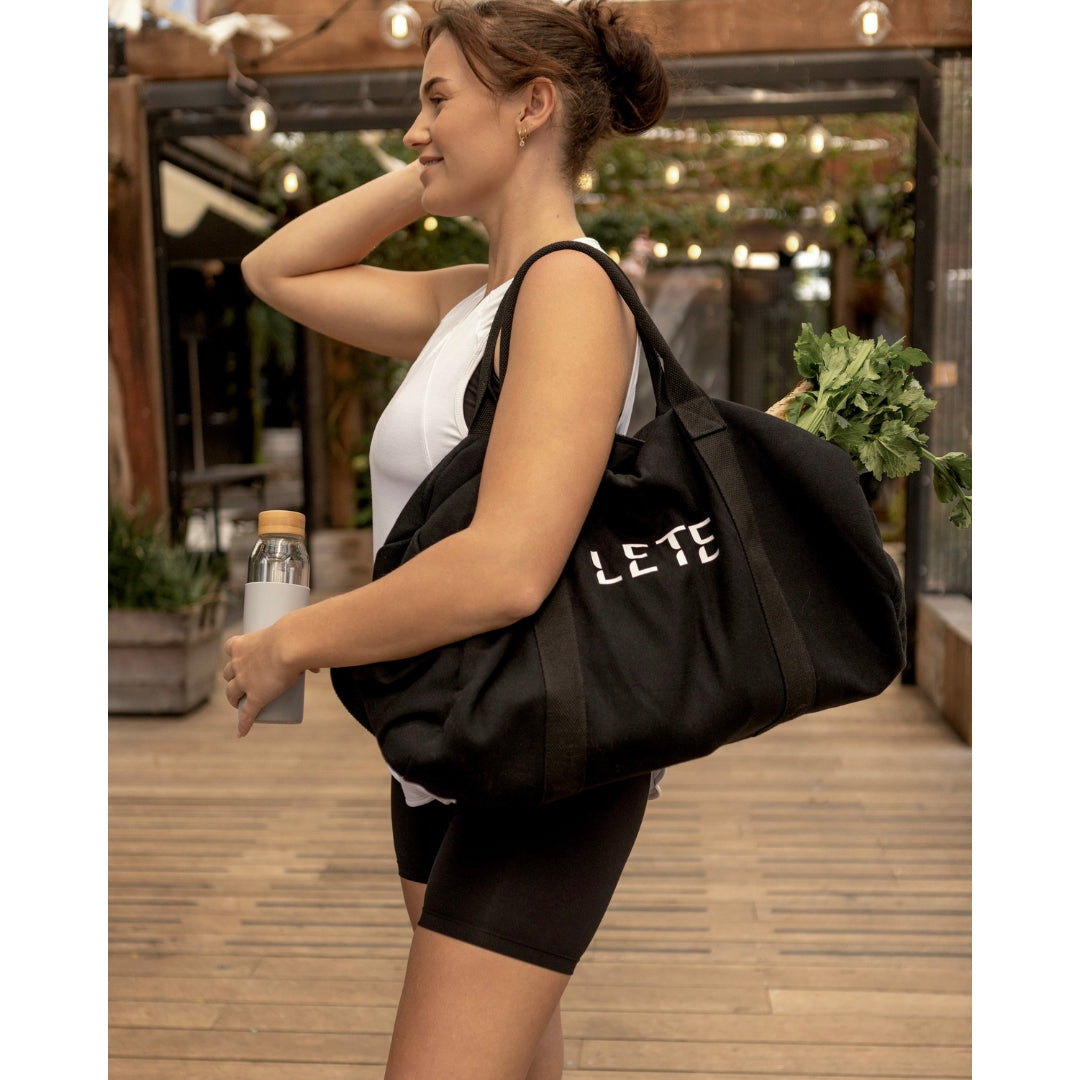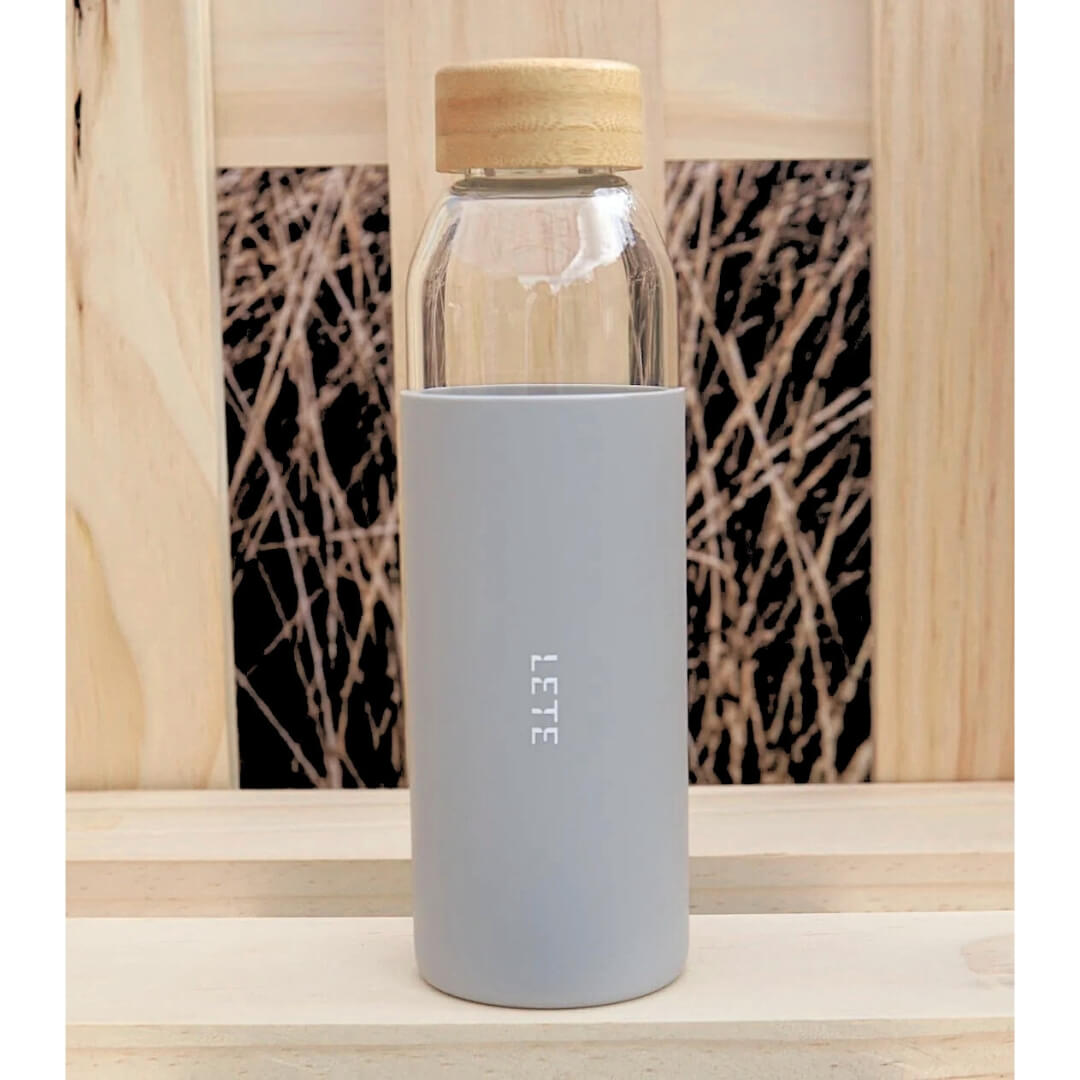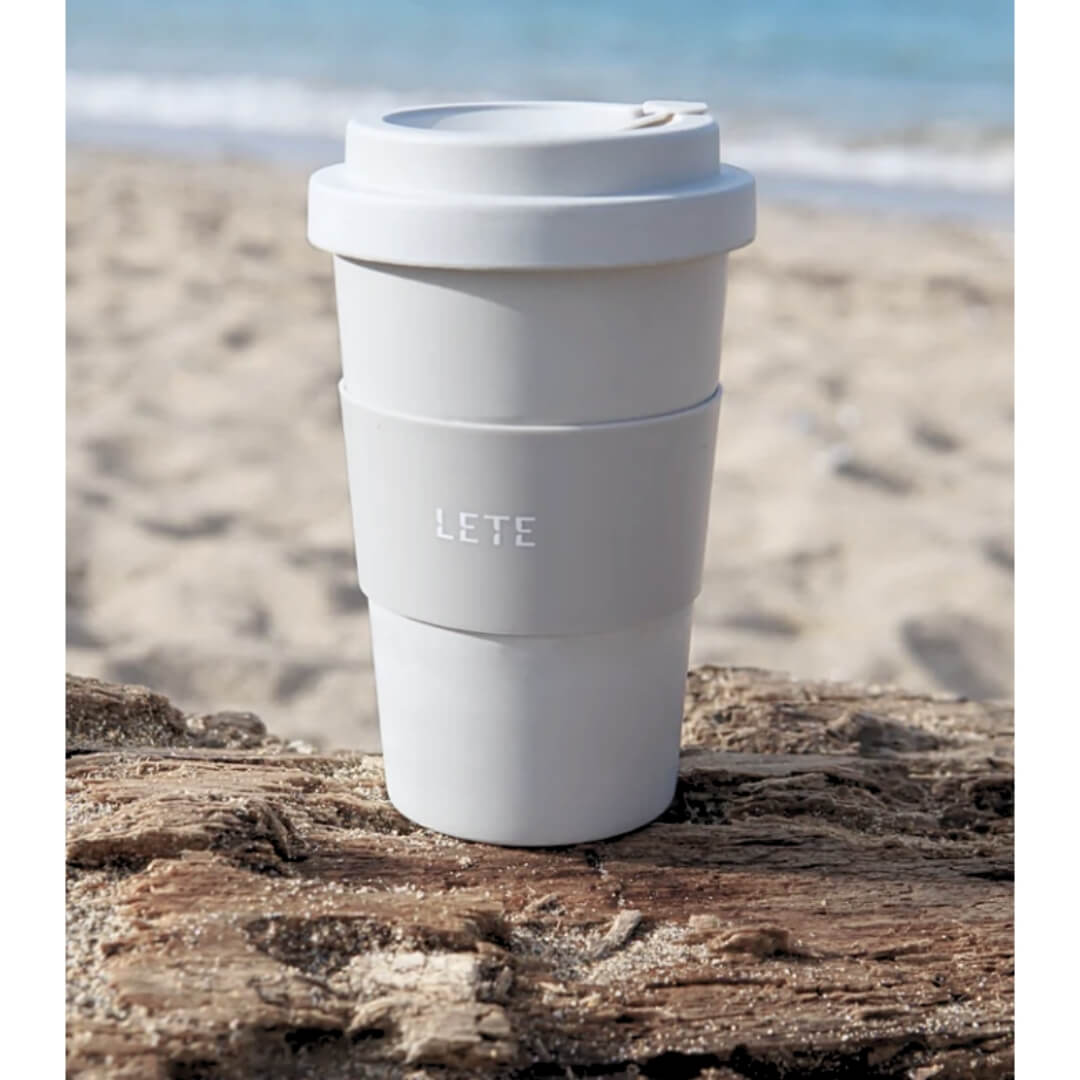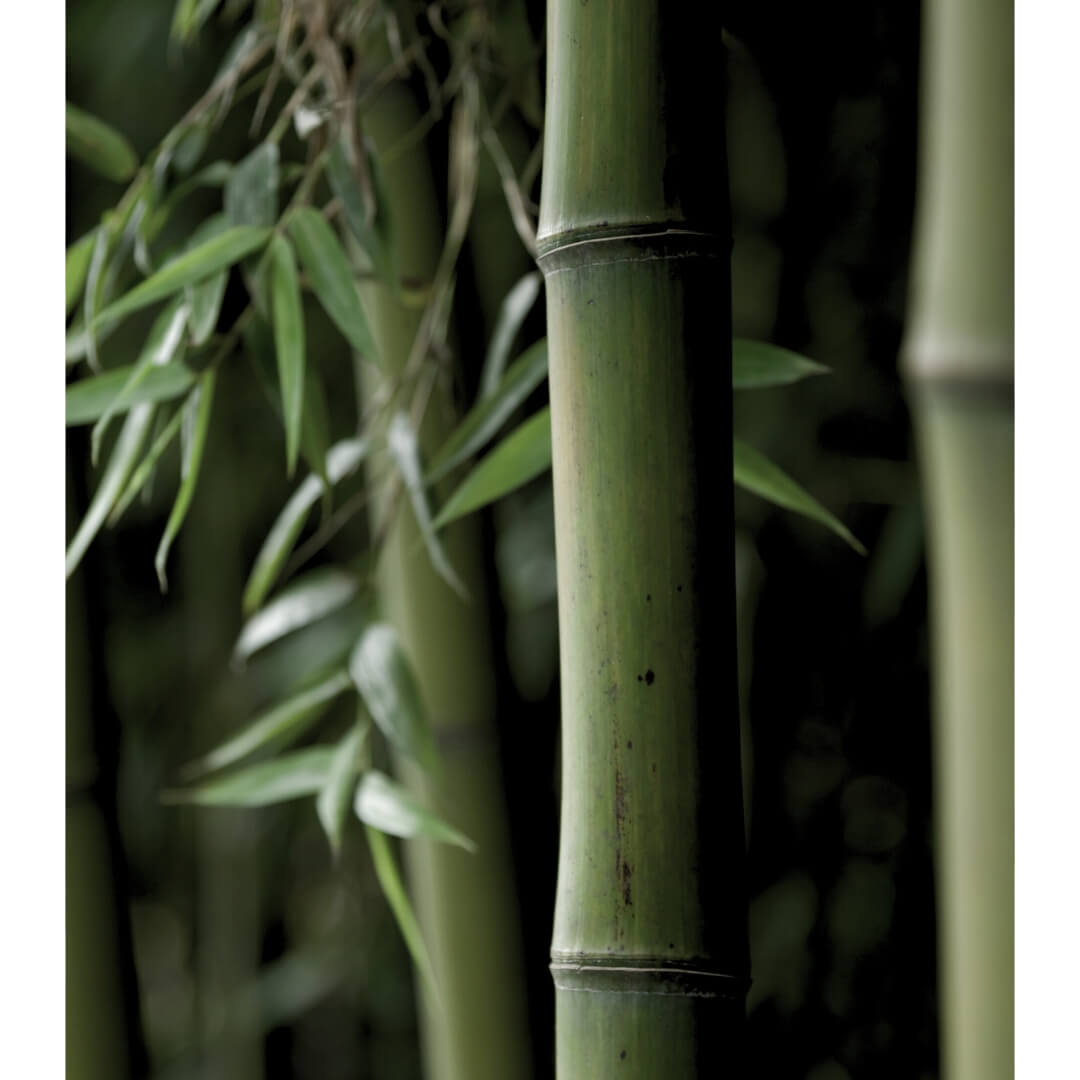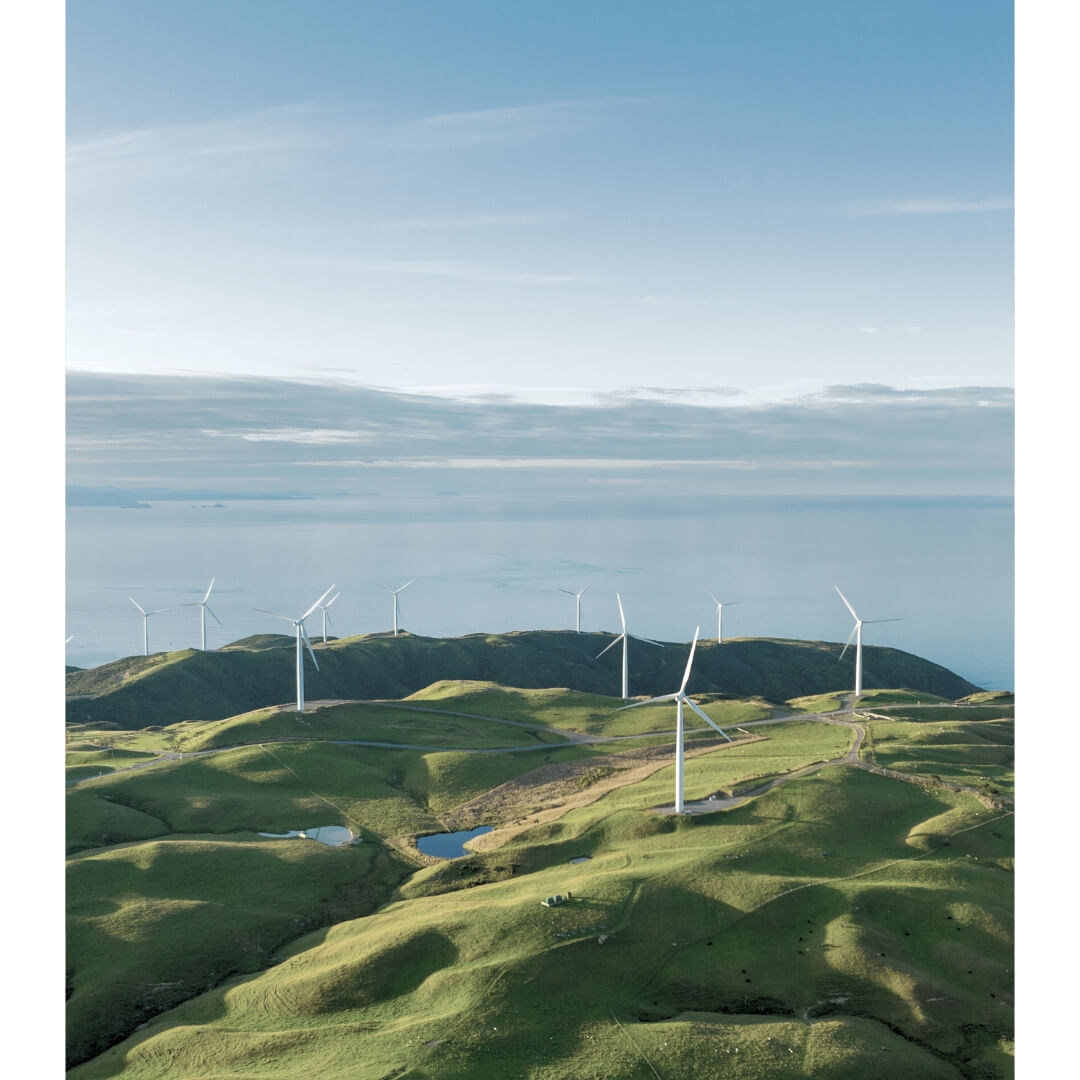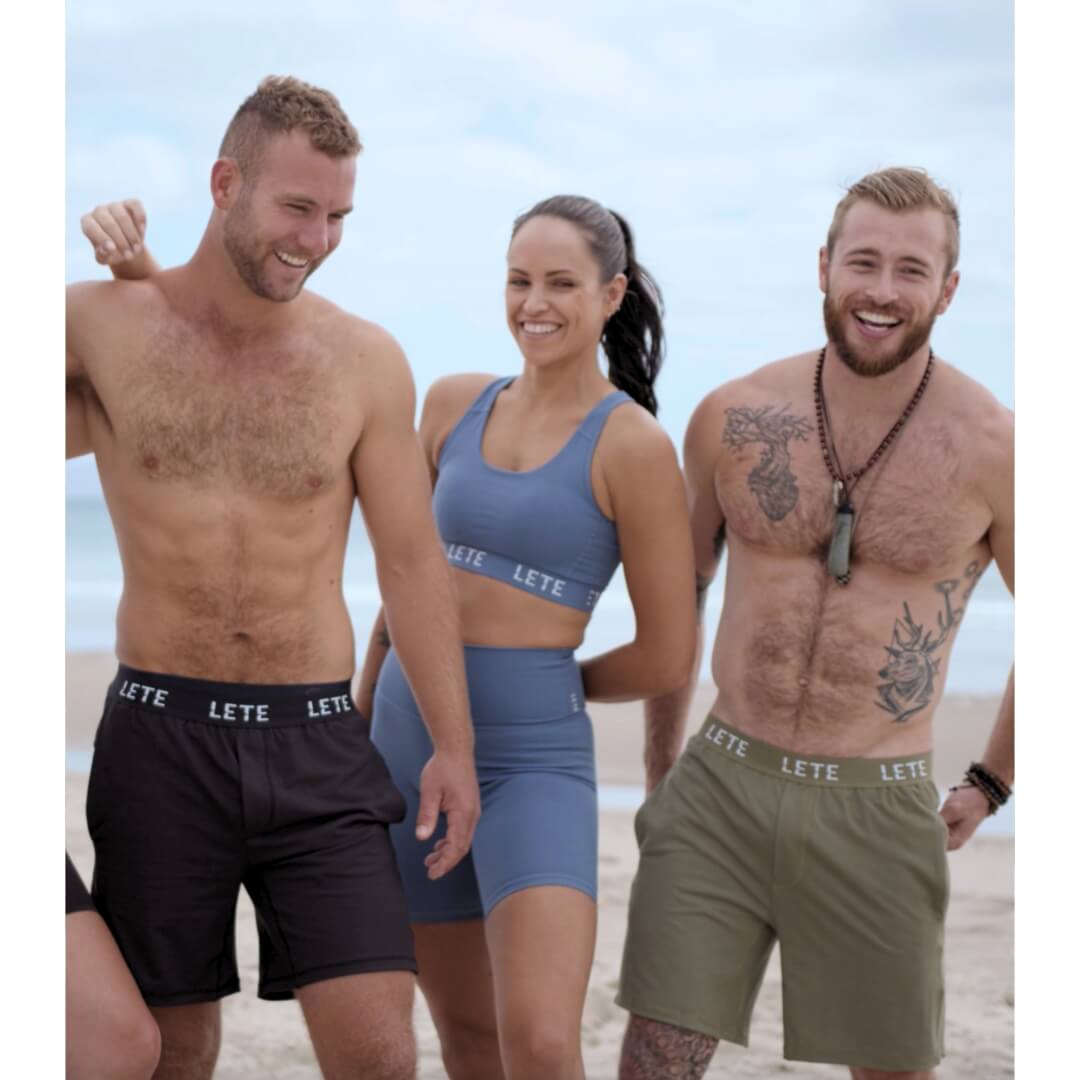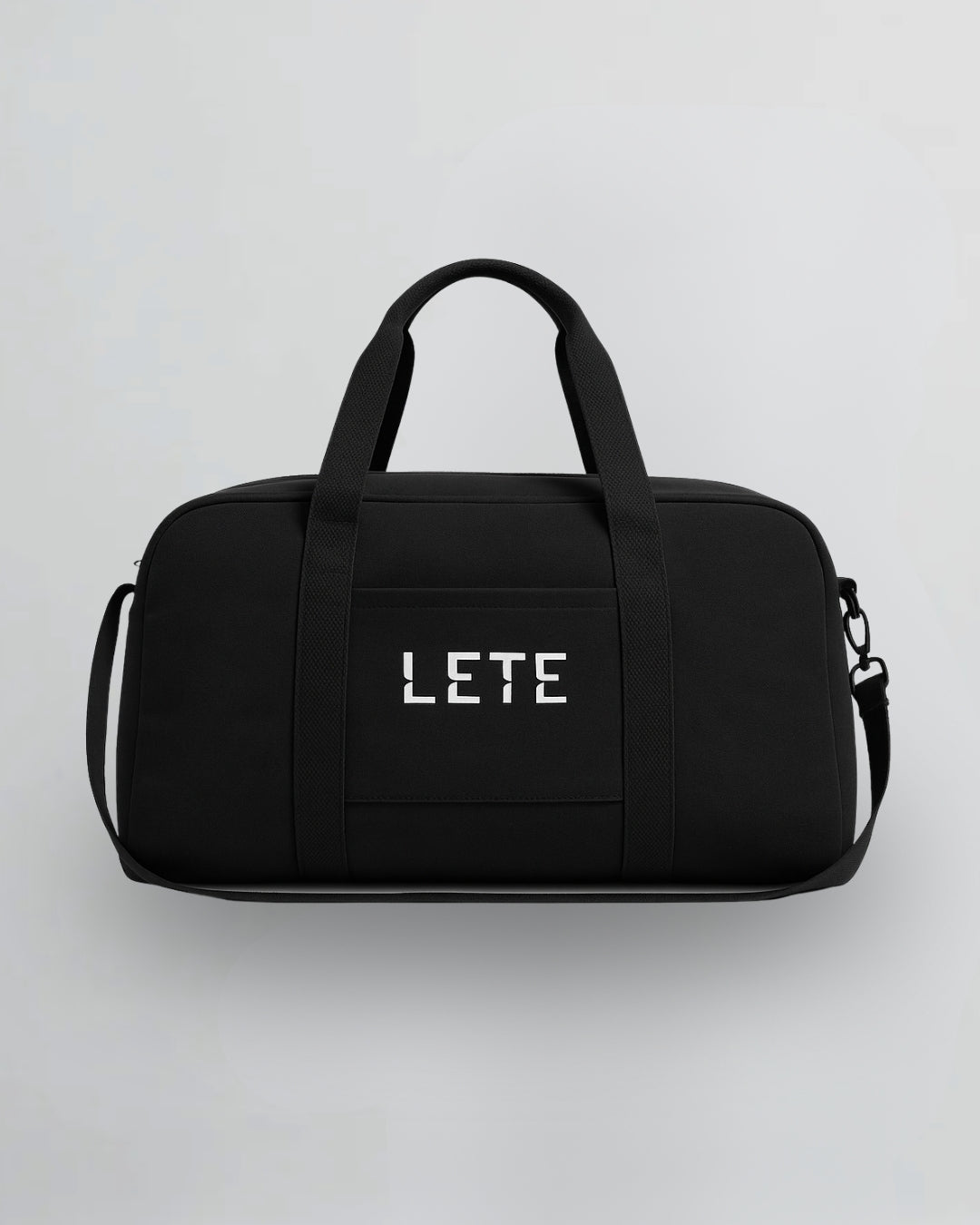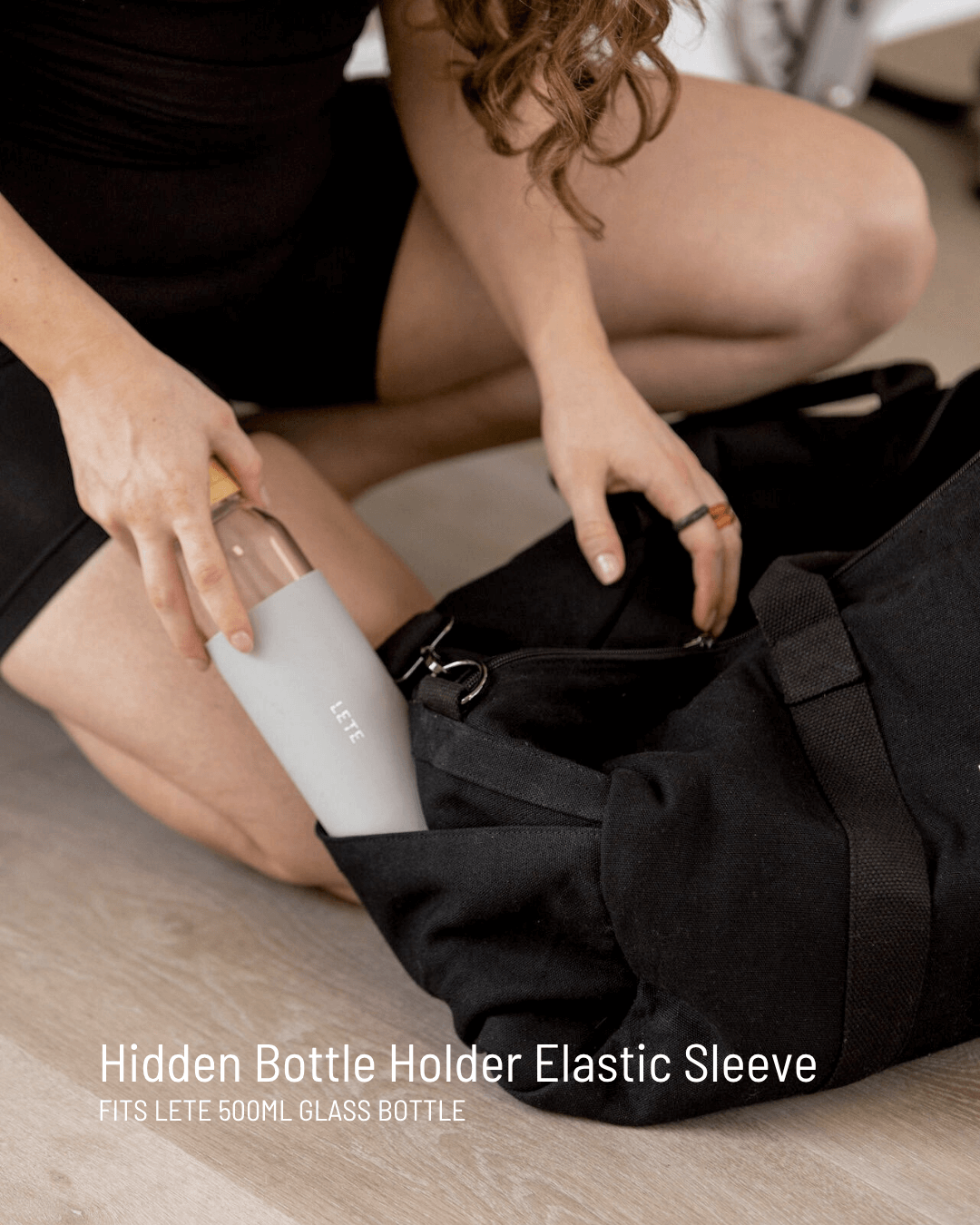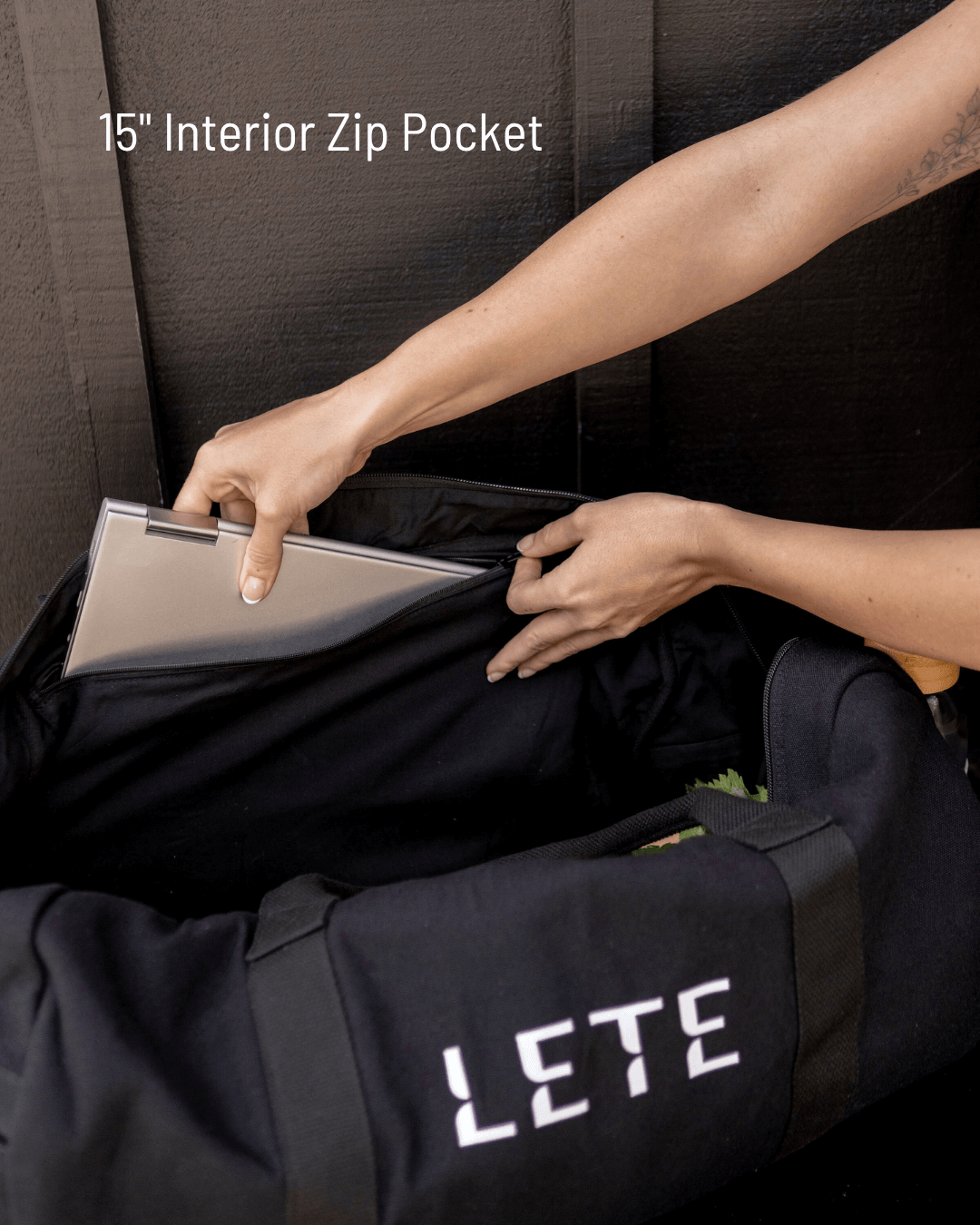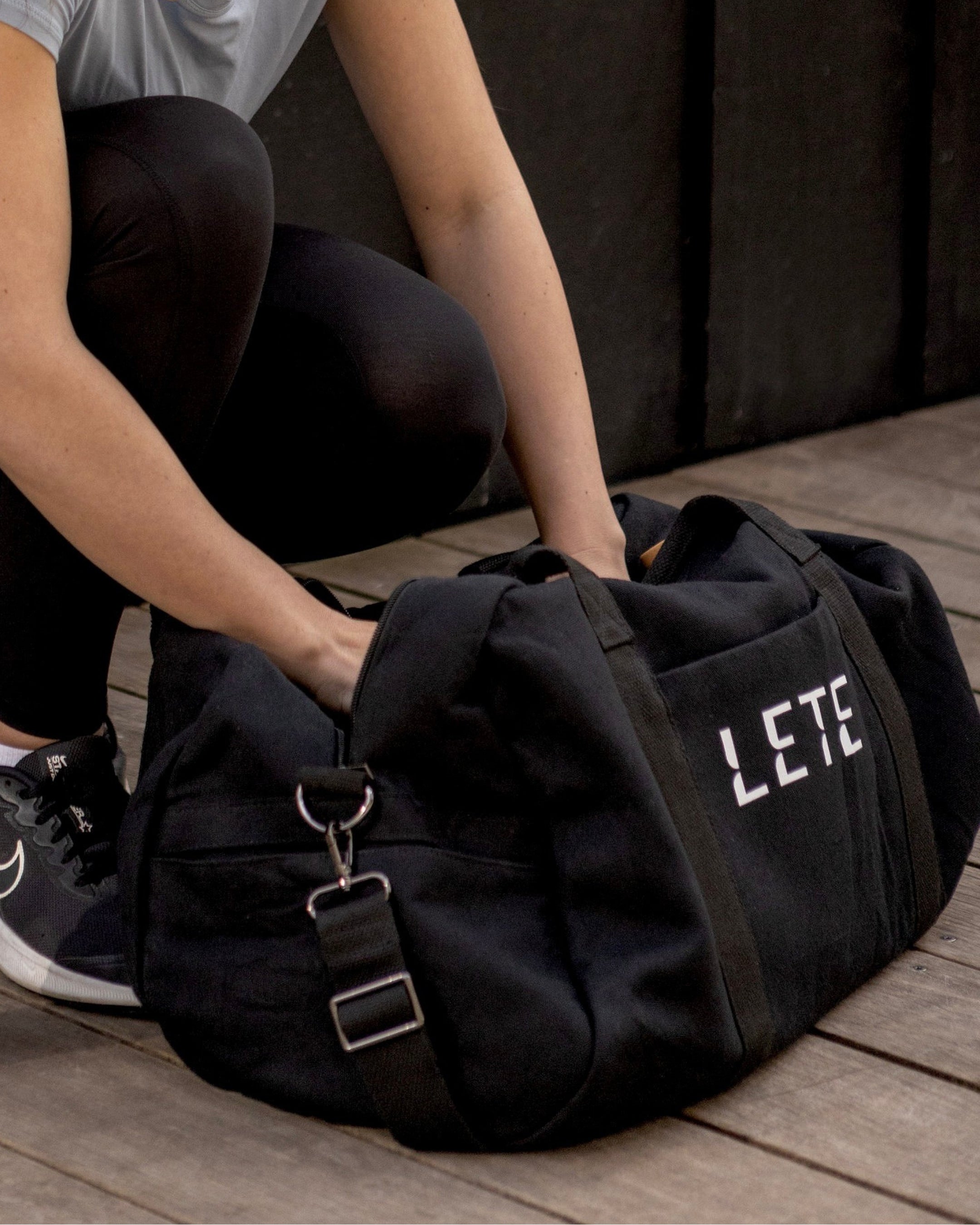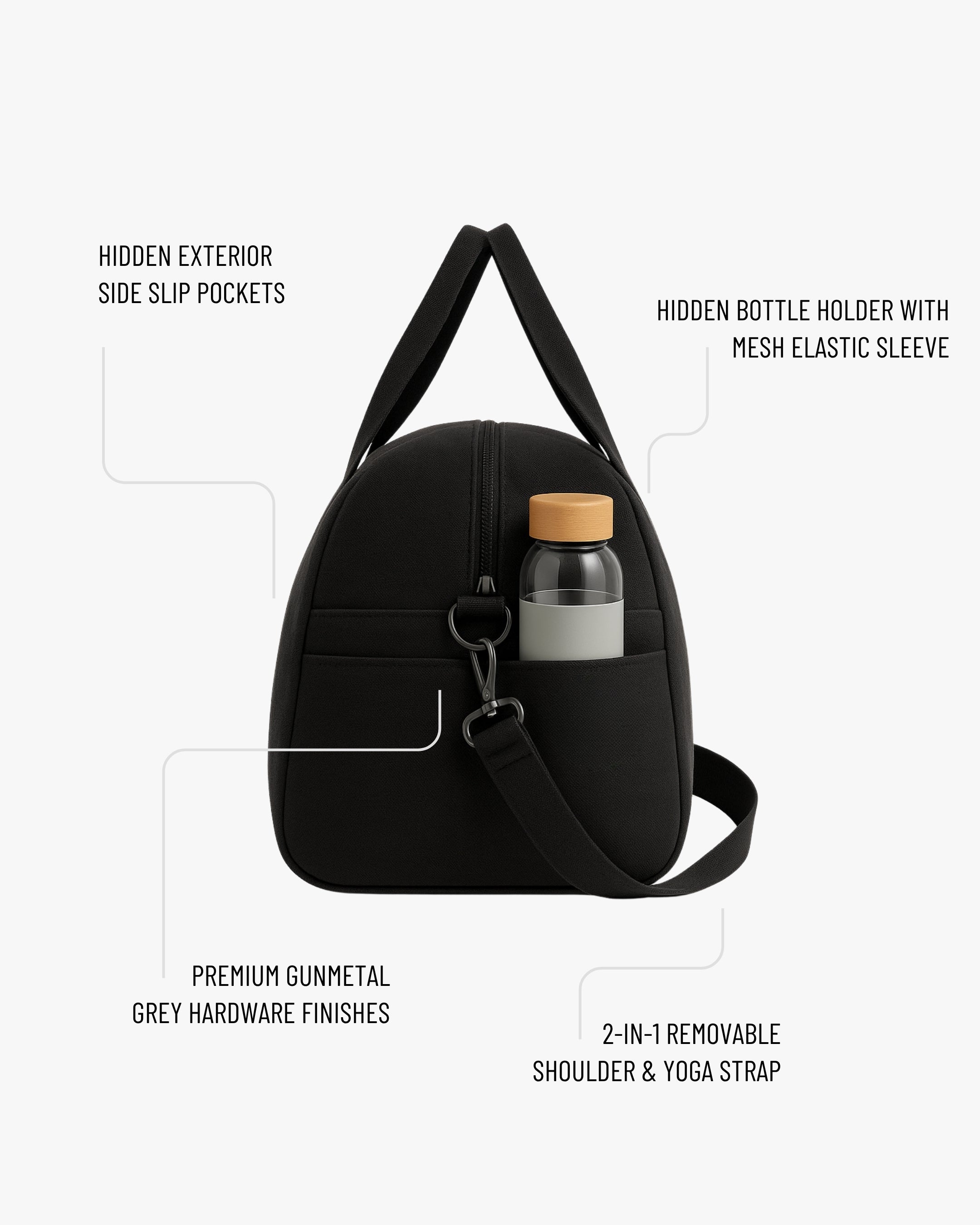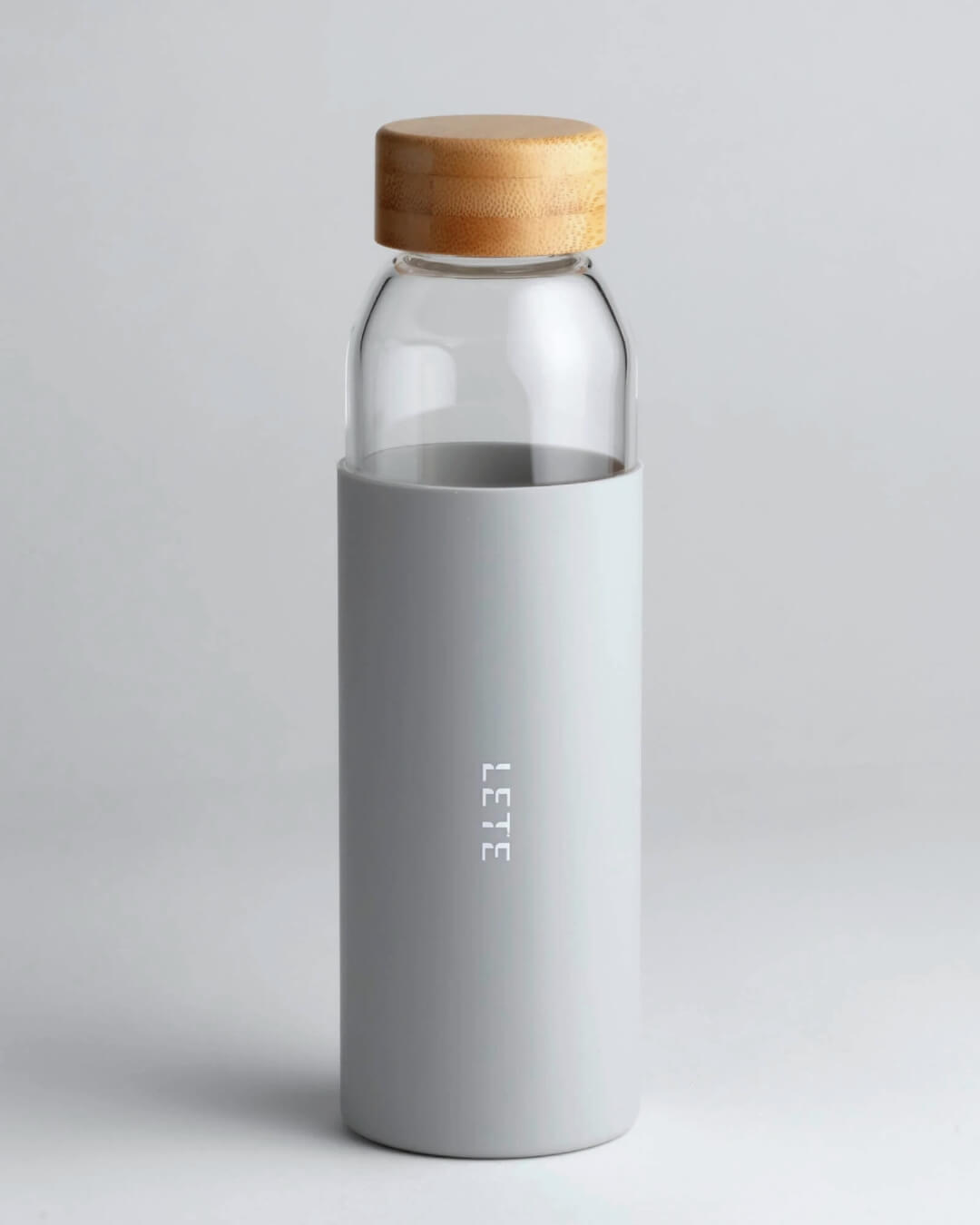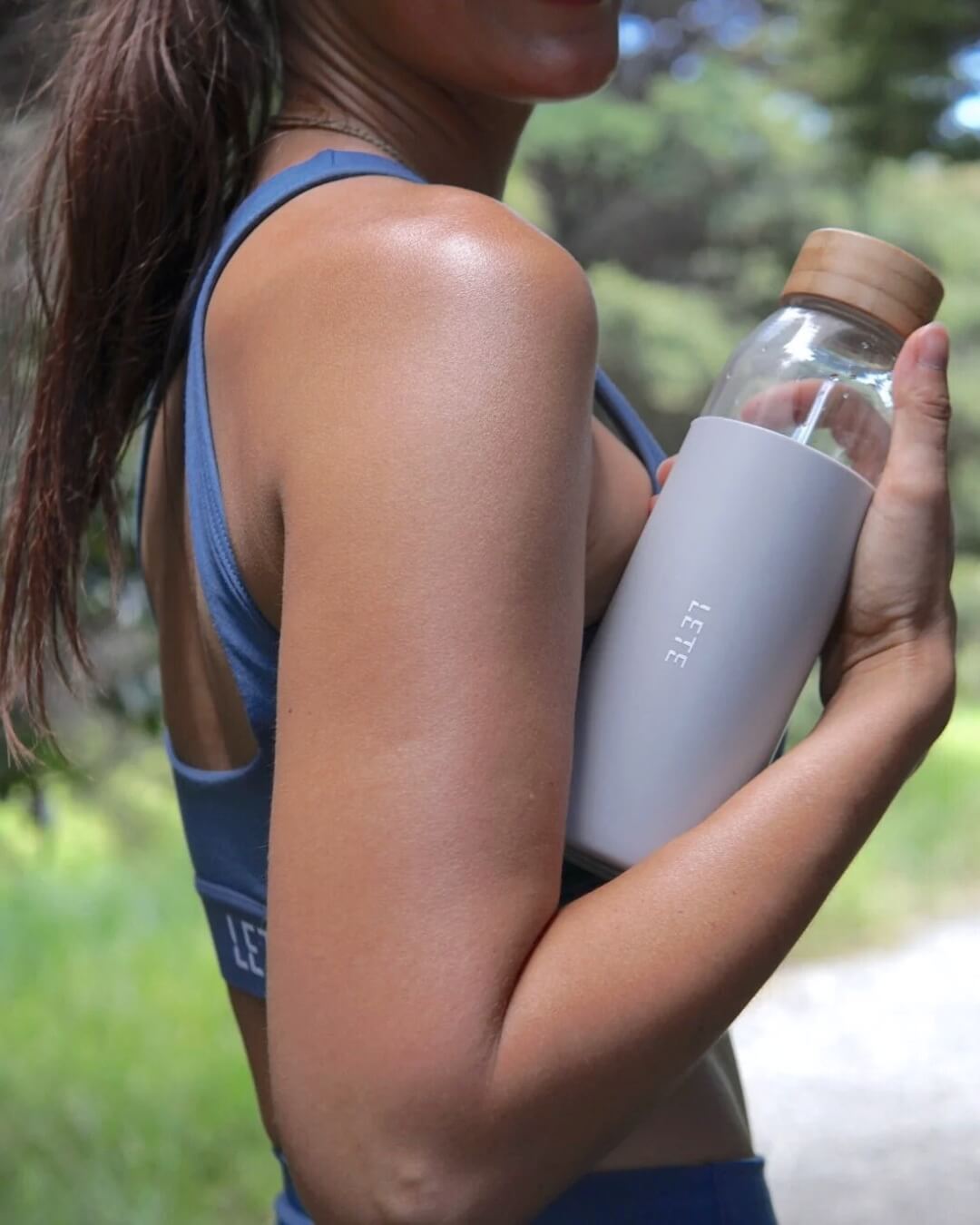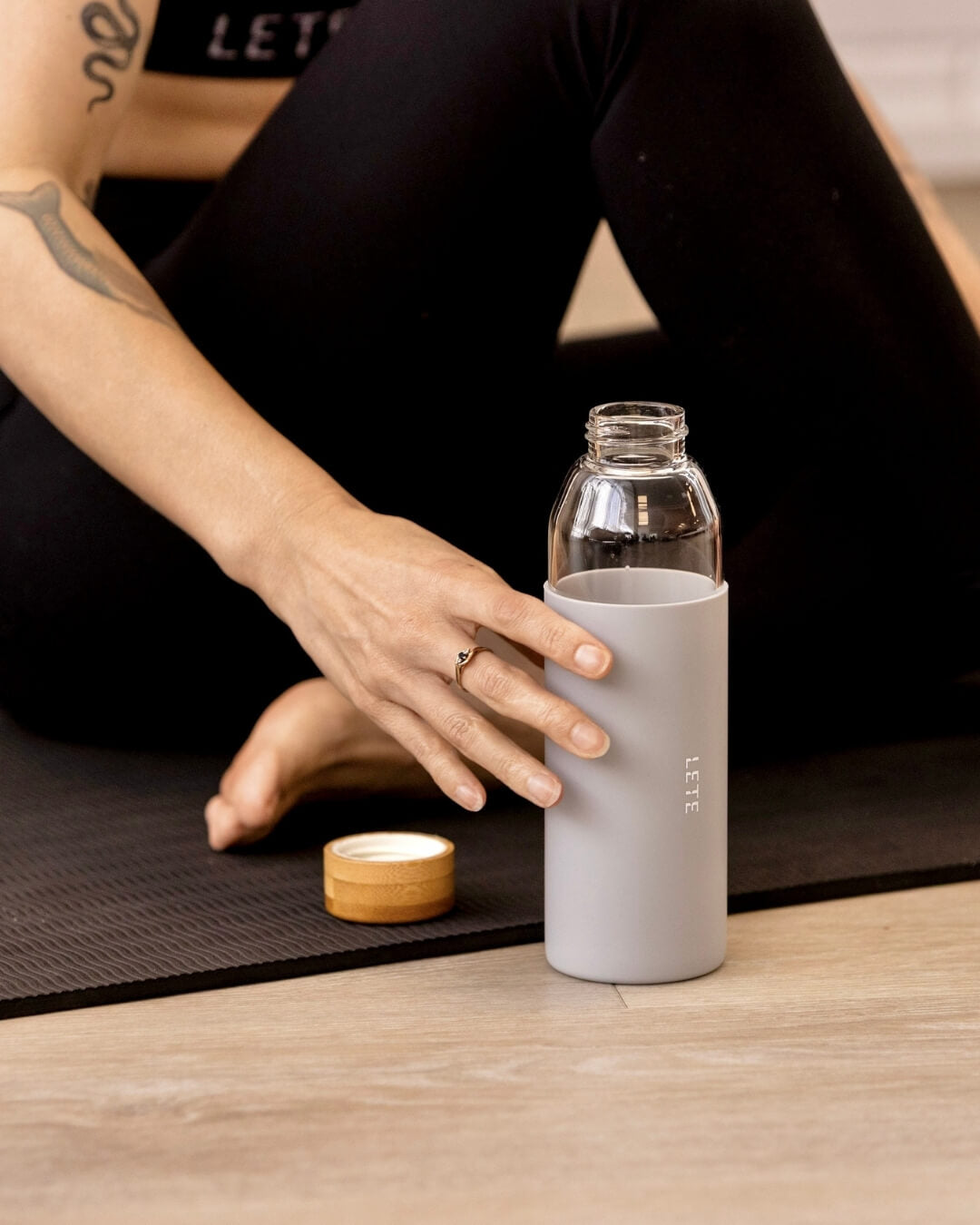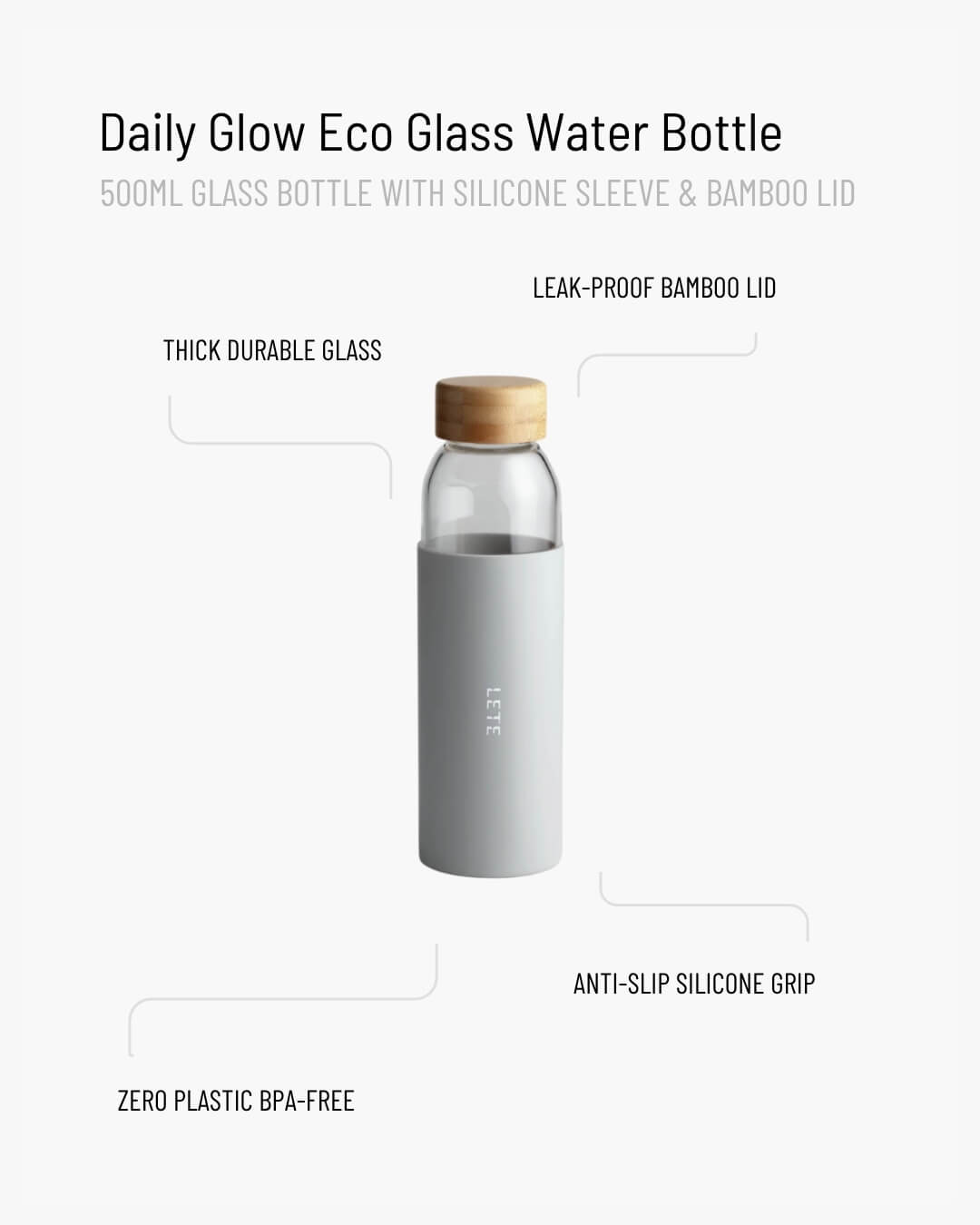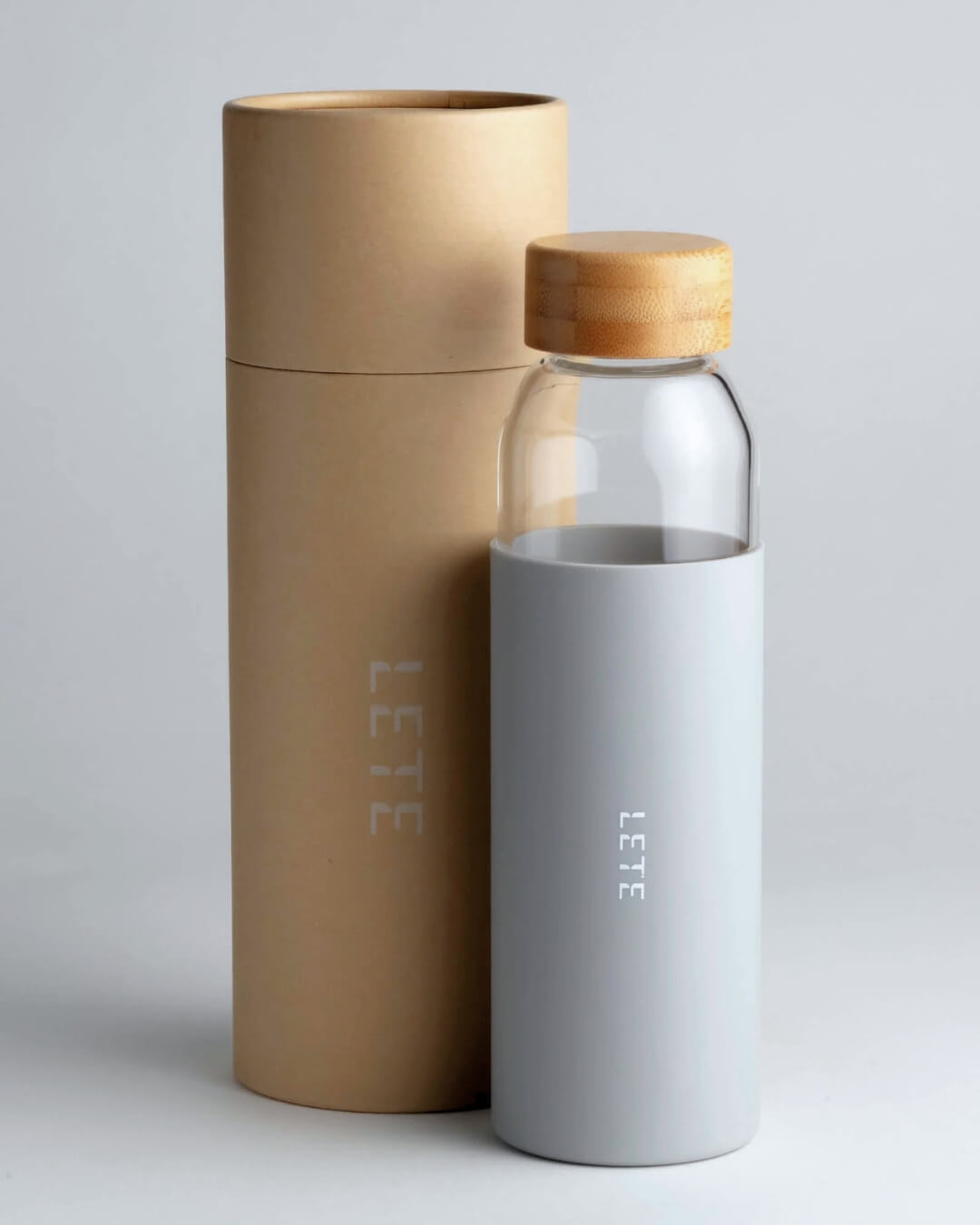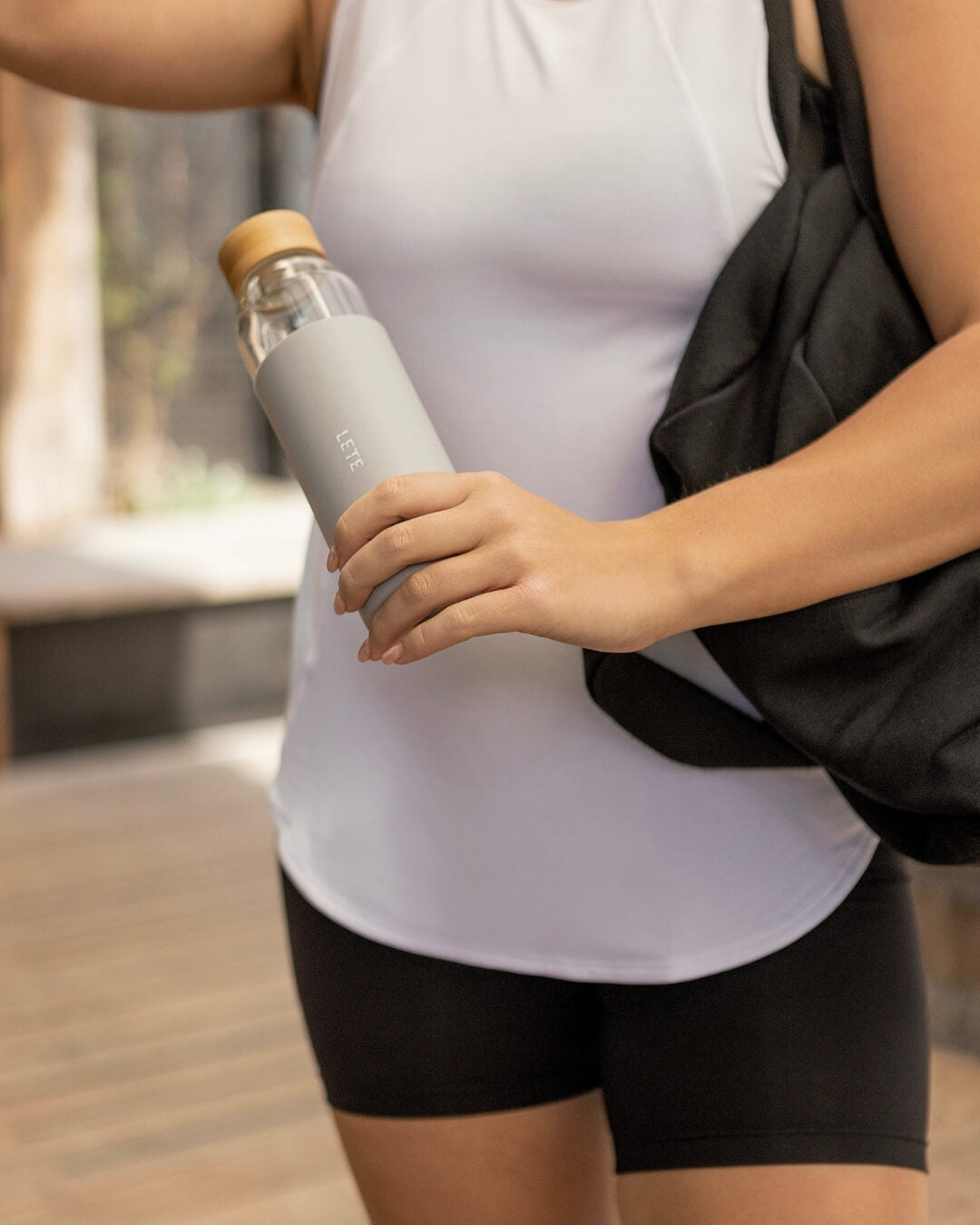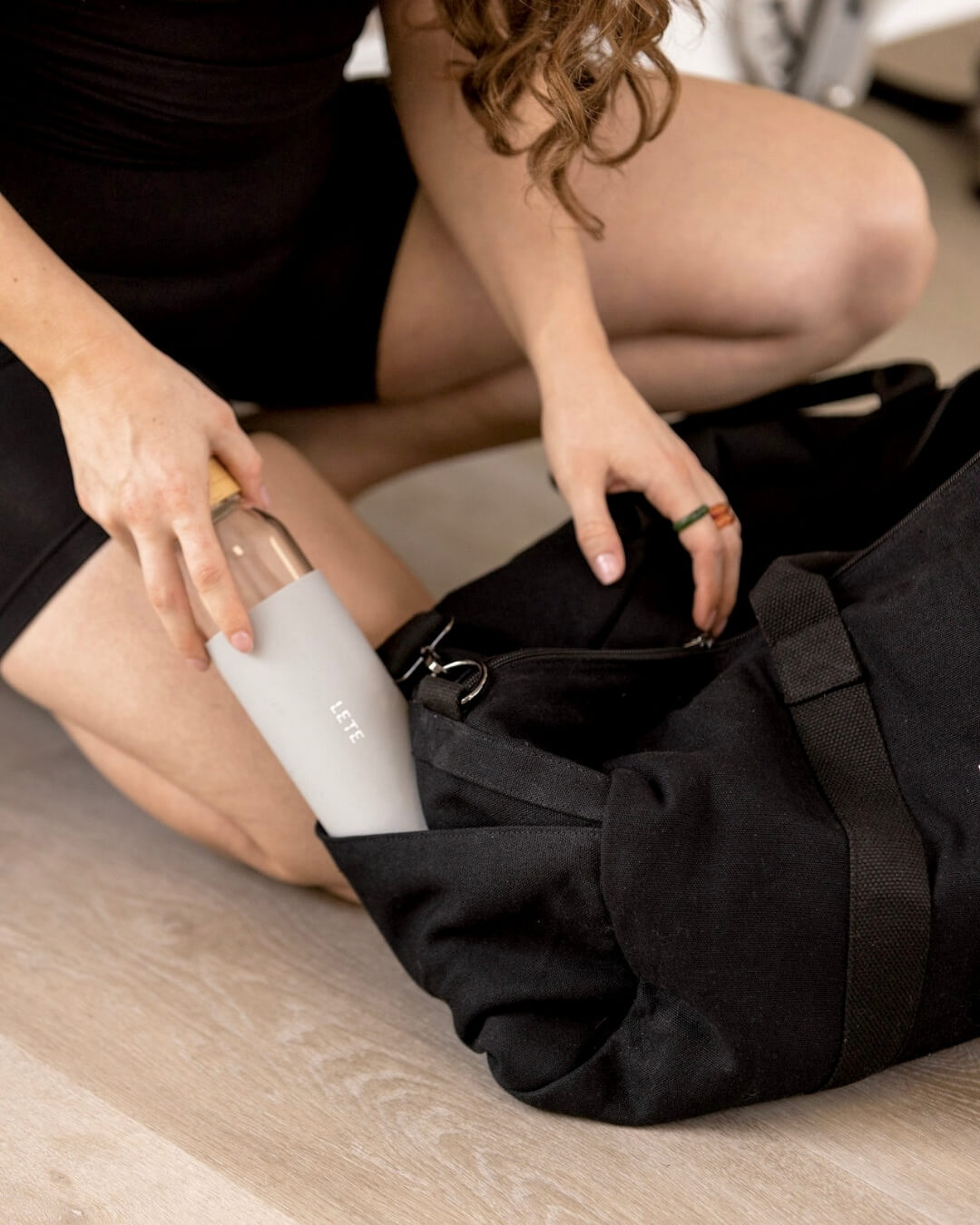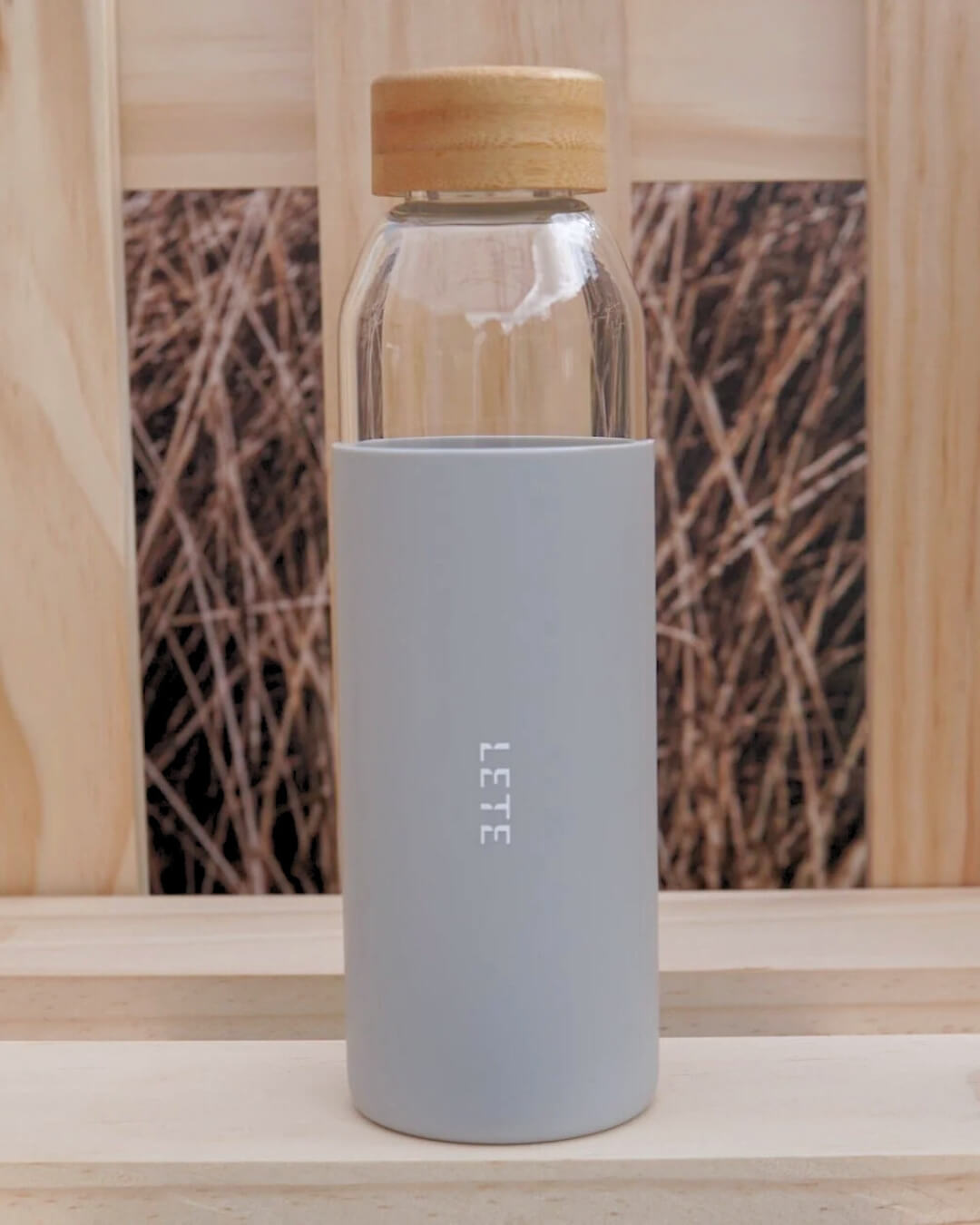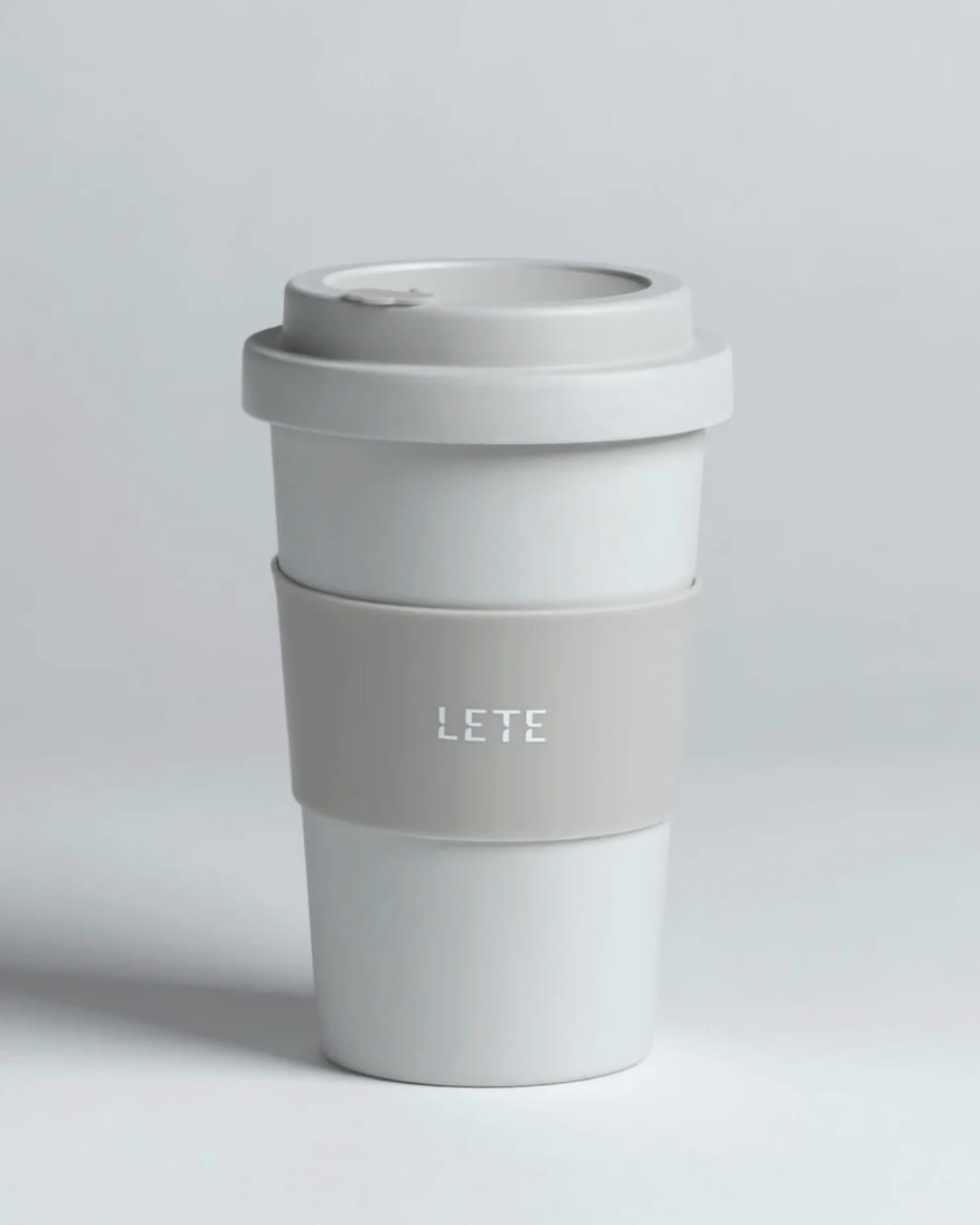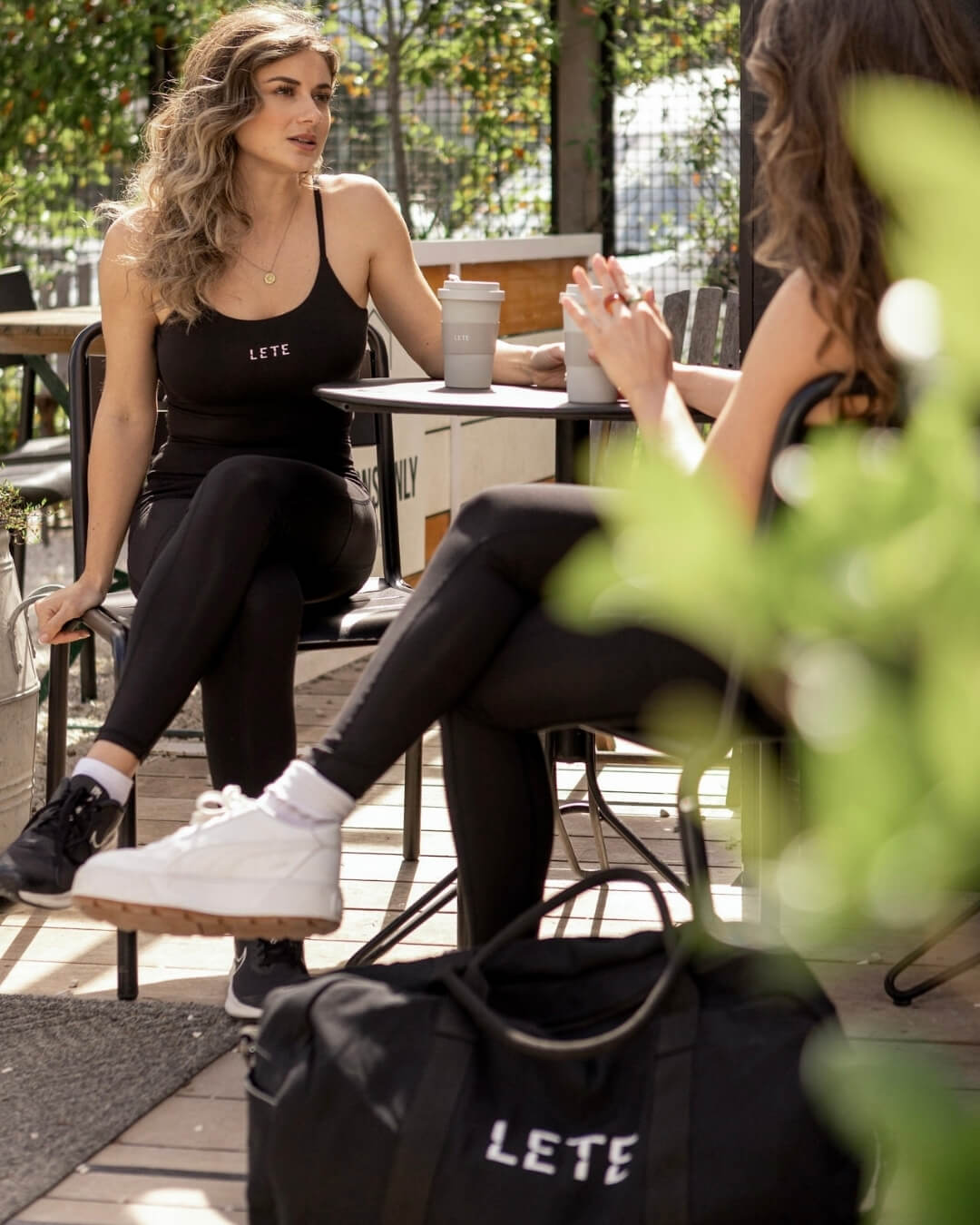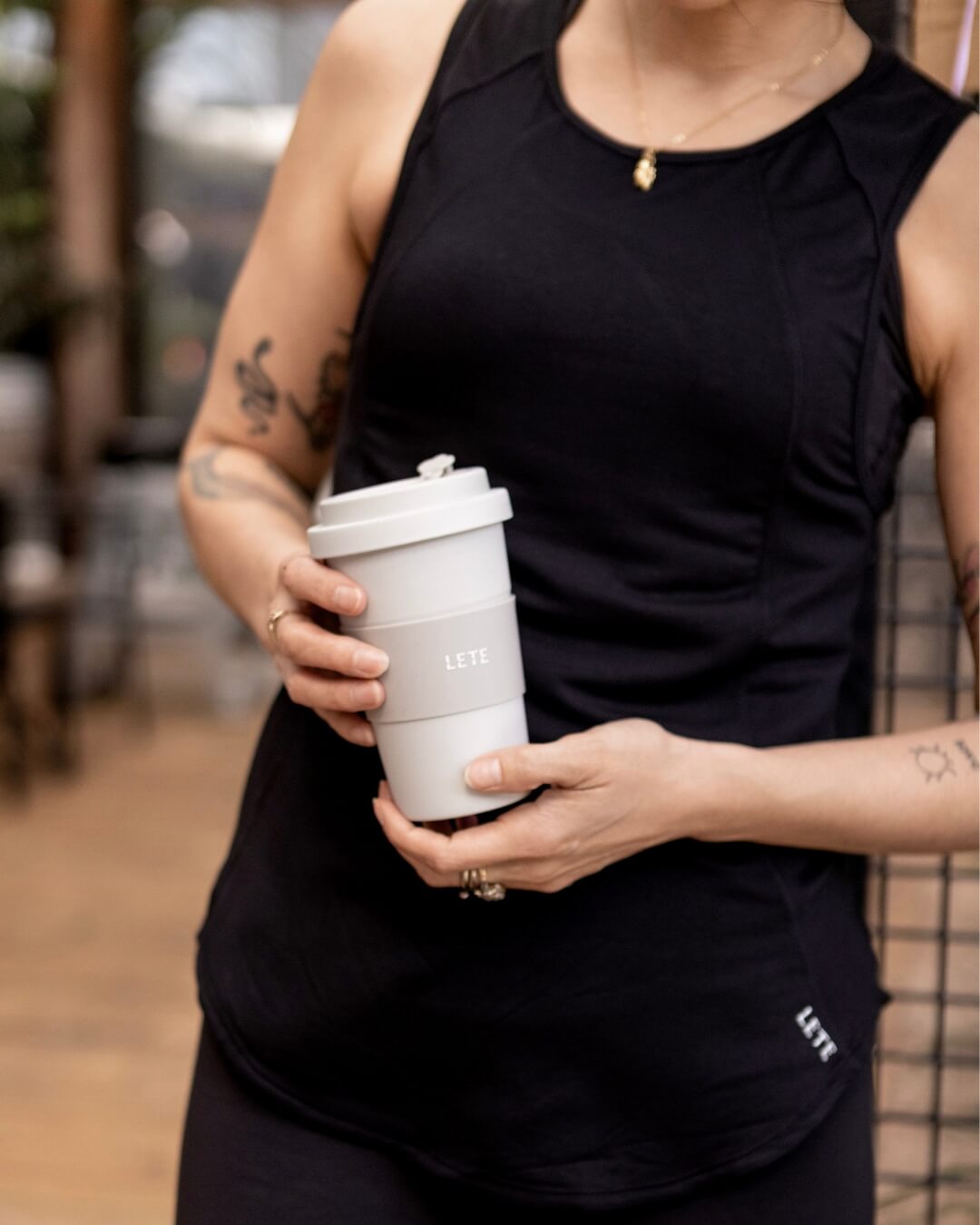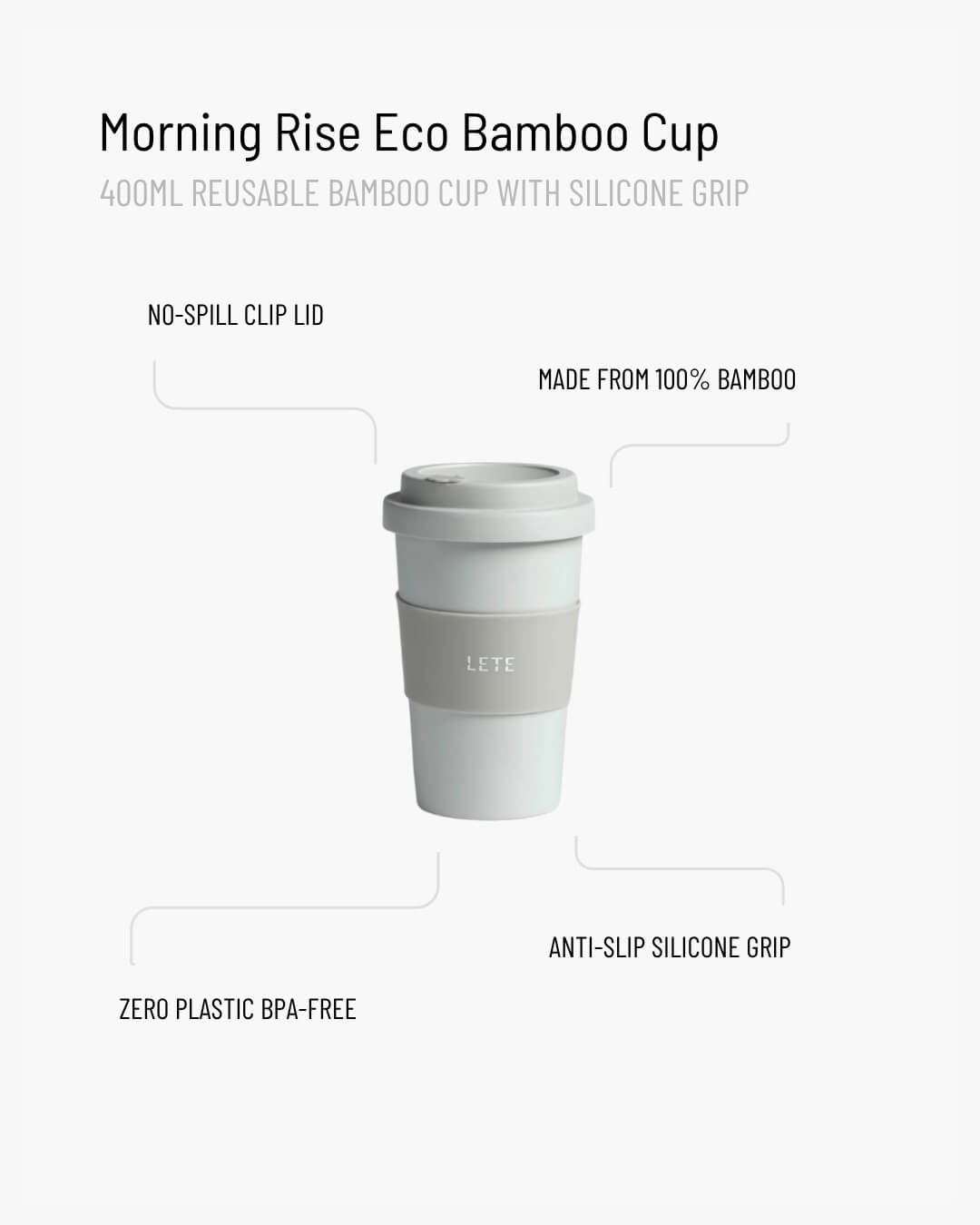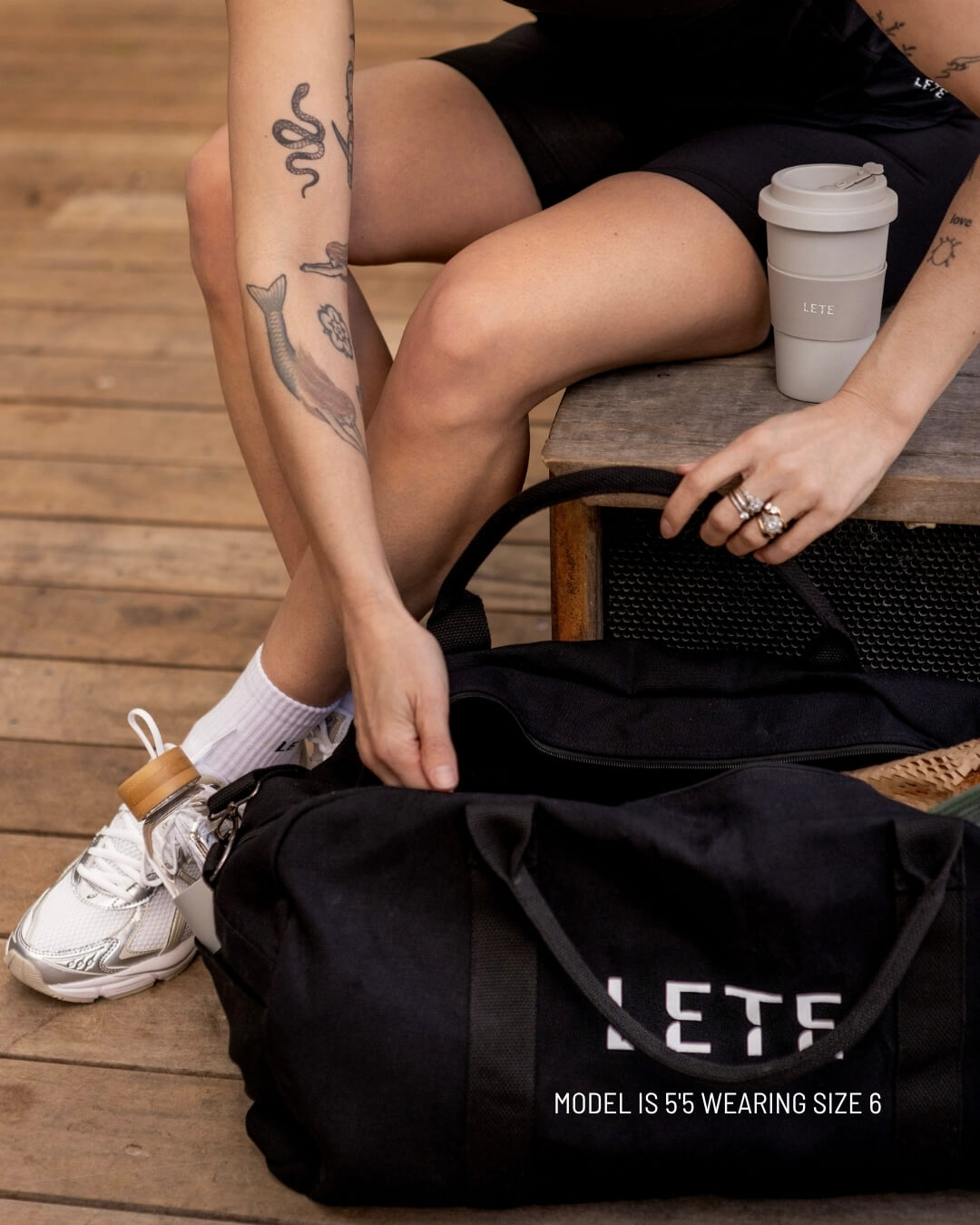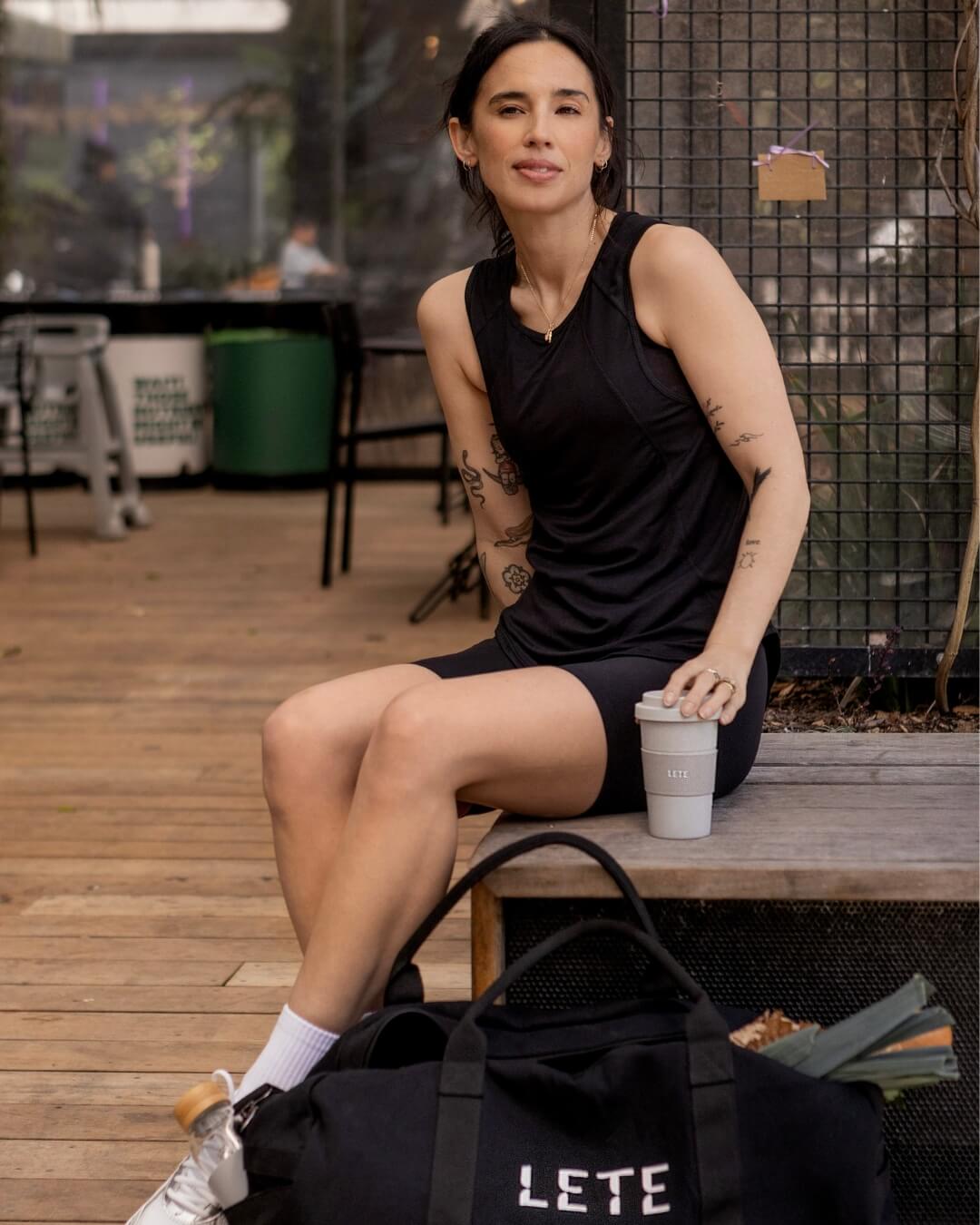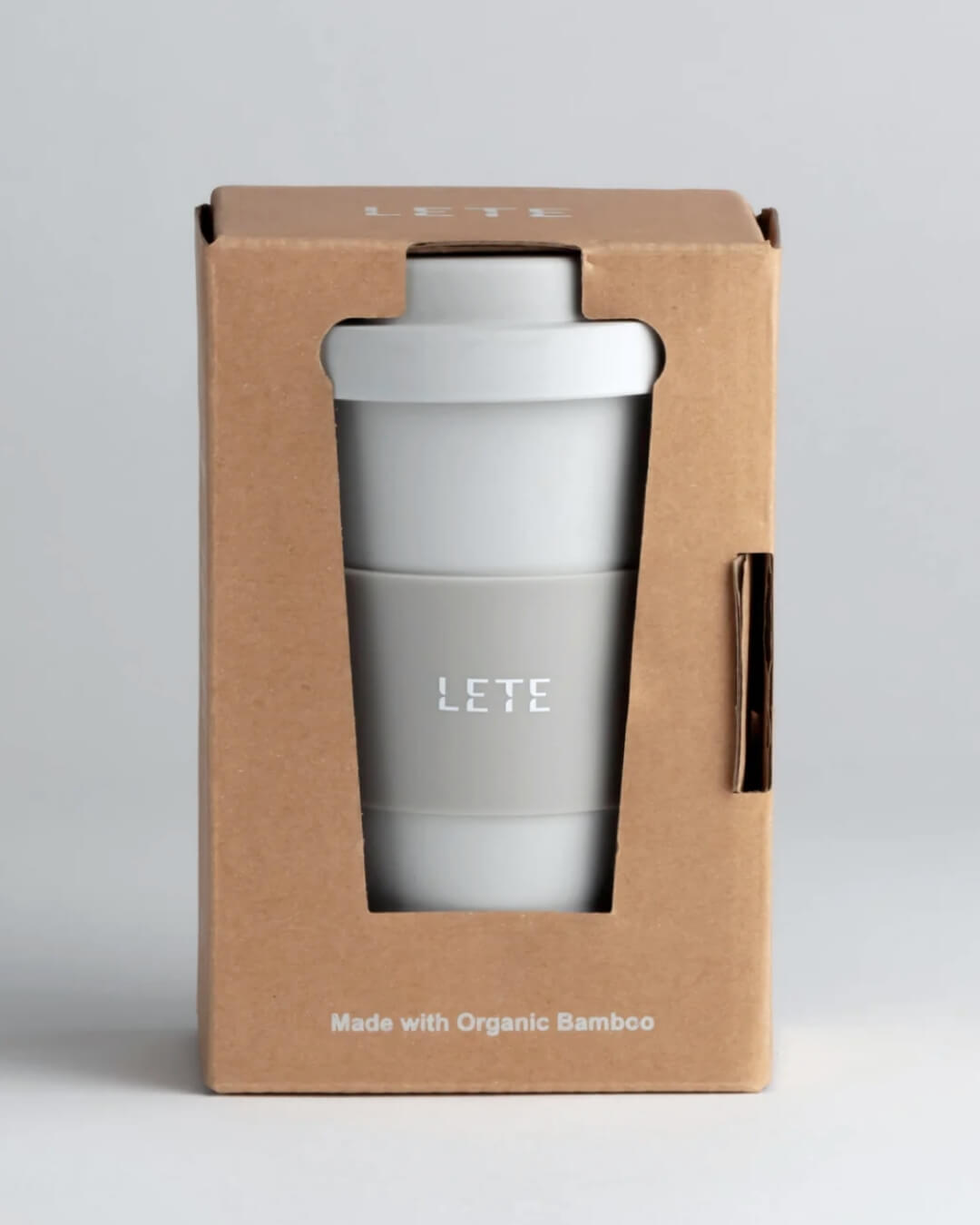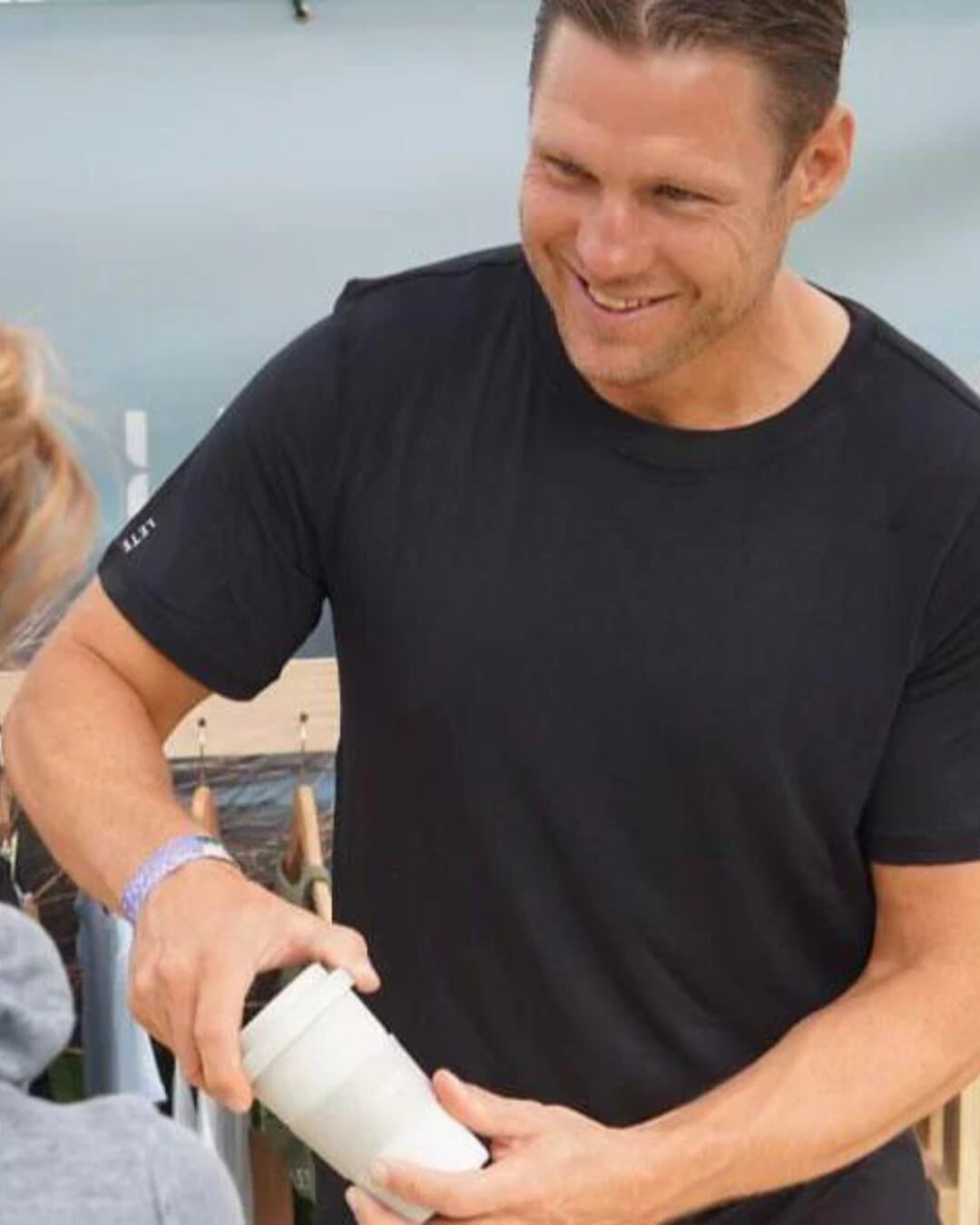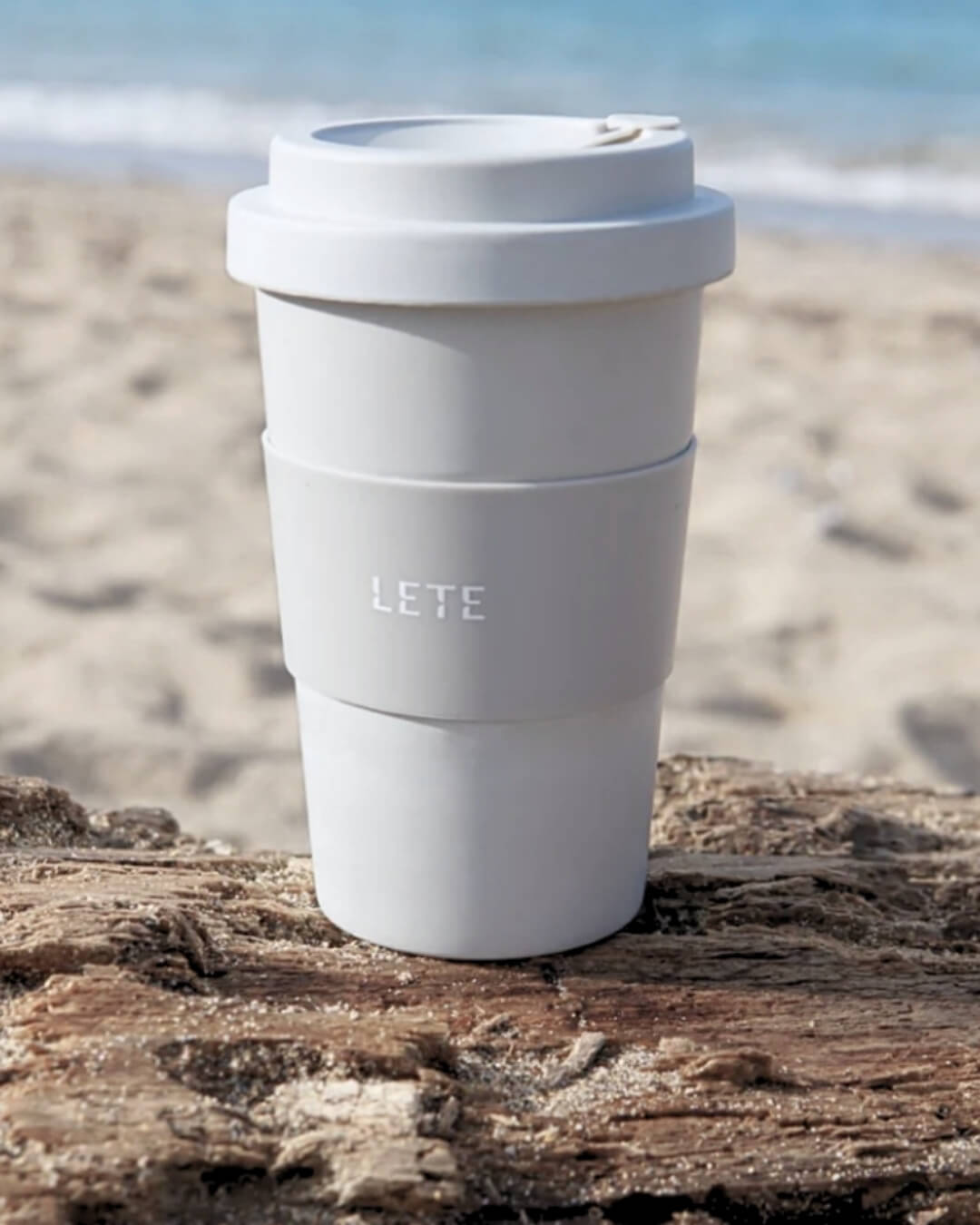The fashion industry has a big impact on the environment, and finding the most sustainable options can be tricky. For instance, a top may be organic, but the factory it’s made in could still be polluting the local river. So, it’s sometimes hard to be sure you’re making the best decision.
The good news is, many companies are now more aware of their environmental footprint, and you can encourage more of this by making eco-friendly choices when you shop. To help, here are some simple ways to shop more sustainably.
Do your research
Finding sustainable fashion doesn’t need to be overwhelming. To avoid an exhaustive investigation every time you shop, check out your favourite brands and make a list of those that make sustainability a priority. You can start small with a handful of labels you love, and add to it gradually as your knowledge grows over time. Soon, you’ll have plenty of brands to choose from.
Where to start? Tearfund releases an annual guide that rates many fashion brands in New Zealand according to various ethical concerns. This includes environmental management, traceability and transparency, and other important issues such as how workers are treated.
While smaller sustainable brands won’t necessarily be in Tearfund’s report, it’s a useful shortcut for researching brands with a larger share of the market. Remember, a brand’s score can change over time, so keep an eye out for the report each time it’s released.
You can also check out a brand’s website. If they’re working to make their clothing more sustainable, they’ll let you know. That means if there’s no information, it’s a bad sign. But beware of greenwashing, too. Look for specific details rather than just general statements. For example, they should be transparent about where and how their clothes are made, rather than simply saying they care about the environment.
Plan before you shop
The easiest way to shop sustainably is to only buy what you will actually wear. This starts with your attitude to shopping.
Fast fashion encourages us to make purchases on a whim, and wear clothes for a short time before moving on to the next trend. Mindful shopping means taking your time, savouring the experience, and asking yourself whether you really want or need each item. The aim is to buy fewer items overall, by choosing only high-quality clothes you love to wear.
Before buying anything new, it’s important to know what’s currently in your closet. That way, you won’t buy yet another black jumper when you already have three. If your wardrobe is so full you’re not sure what you own, have a clear out before you go back to the shops. (Save clothes you don’t wear from going to landfill by organising a clothes swap with some friends, or donating your garments to a second-hand shop for someone else to enjoy.)
Take note of the items you wear all the time, and which ones never see the light of day. For example, you might discover you never wear tops with three-quarter sleeves, or that you don’t like wearing V-necks. Armed with that knowledge, you’ll be more likely to choose better next time.
Lastly, be prepared by tucking a reusable tote into your handbag, so you’ll avoid having to take any new clothes home in a plastic bag. Plus, download our free checklist for shopping sustainably to help you make fashion choices you feel good about.
Look for sustainable fabrics
The fabric you choose makes a big difference to your wardrobe’s environmental footprint.
Synthetic fabrics often contain toxic dyes and chemicals, as well as plastic microfibers that leach into waterways via our washing machines. In fact, in 2019 New Zealand researchers found 87 per cent of microparticles in our waterways were fibres from clothing or textiles.
Natural fabrics will generally biodegrade, but even these can cause problems. For example, conventional cotton is grown with pesticides that damage the environment.
While no option is necessarily perfect, there are fabrics that are kinder to the planet. More sustainable choices include bamboo, recycled organic cotton, hemp and linen.
Don’t forget the packaging
Truly sustainable brands consider the full life cycle of their products. That means choosing packaging that’s objectively better for the environment, rather than just sounding good in their marketing.
For example, you might feel better about packaging that’s compostable. But if it can only be composted at a commercial facility overseas, it will likely go to landfill anyway. Similarly, some packaging that claims to be recyclable can’t actually be recycled in New Zealand.
Ensuring packaging is sustainable isn’t always straight forward, and the best option can depend on the circumstances. So the best way to find out if packaging is genuinely kind to the environment is to do a bit of research. If a brand is putting effort into making its packaging better for the earth, they’ll probably tell you so on their website. If you’re still not sure, don’t be shy – send them an email with your questions. Companies that care about sustainability will be excited to let you know about the work they’re doing.


